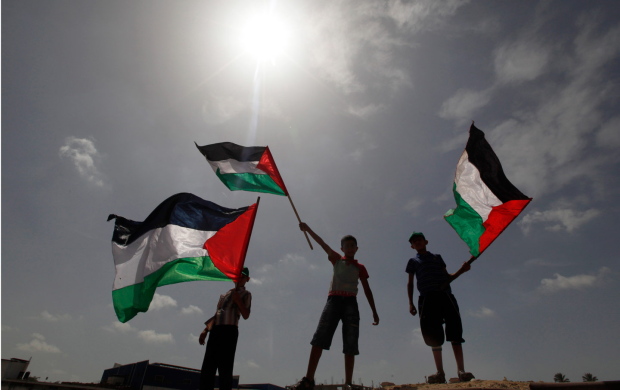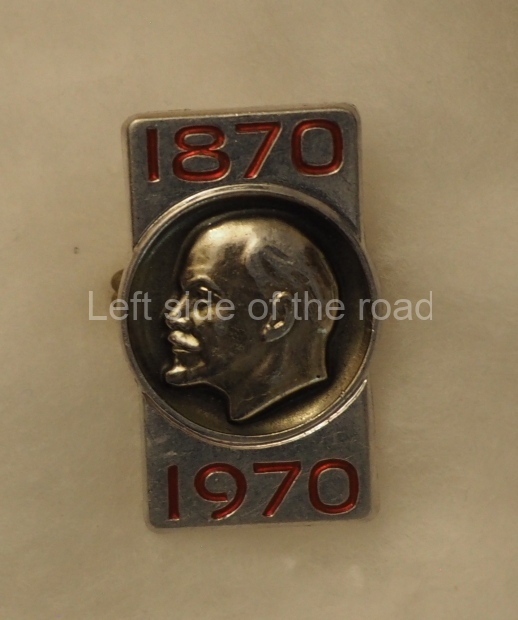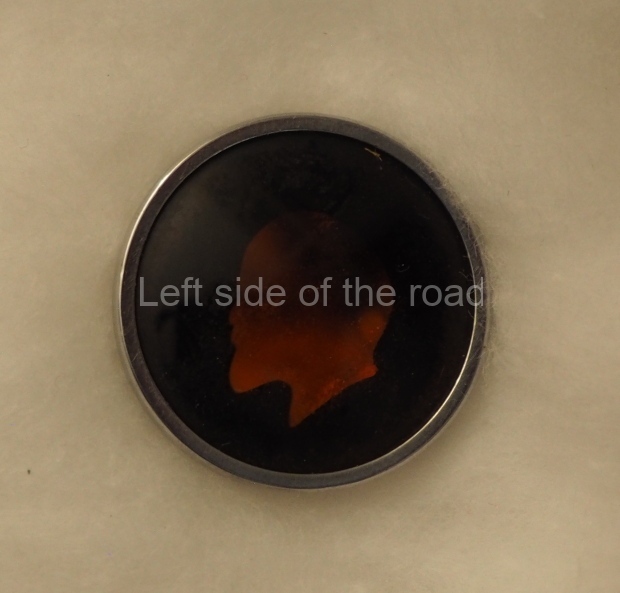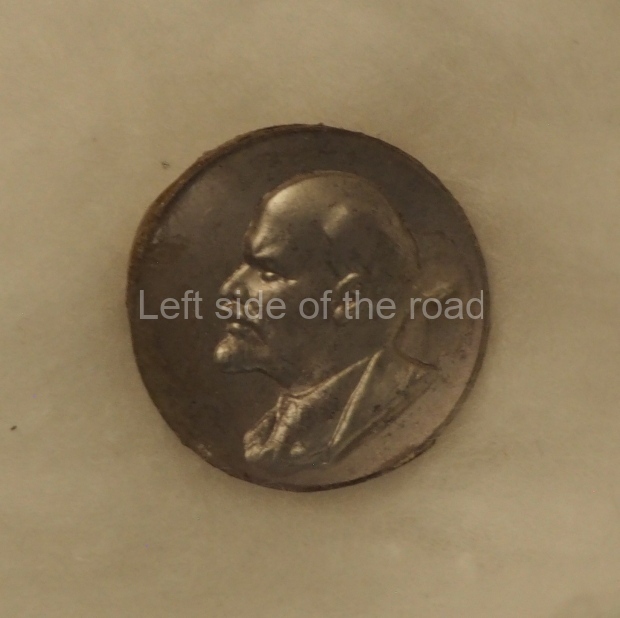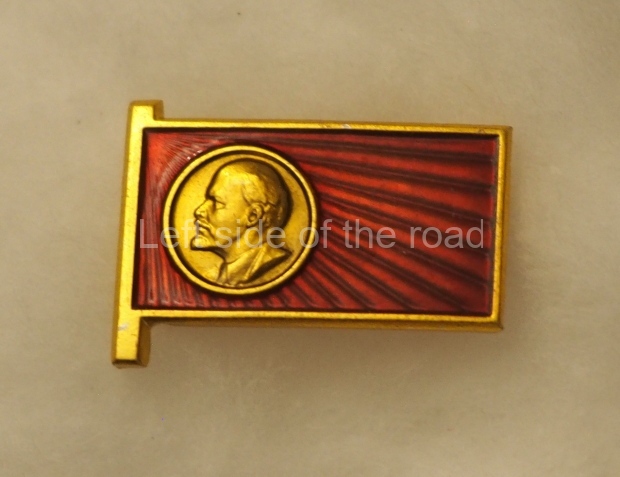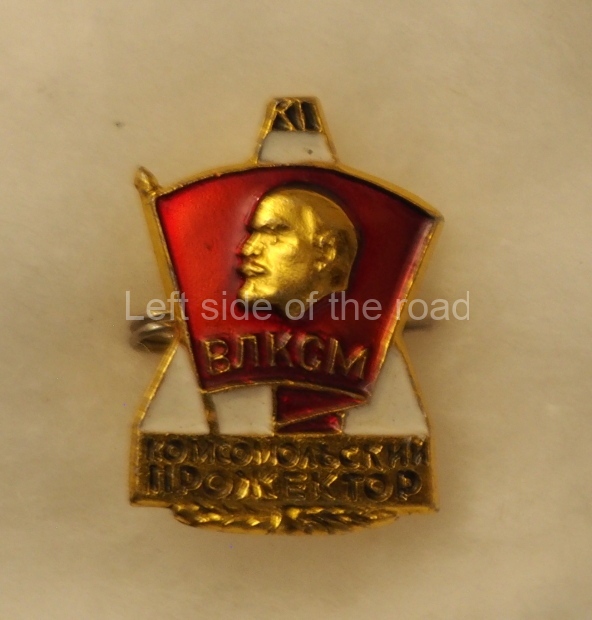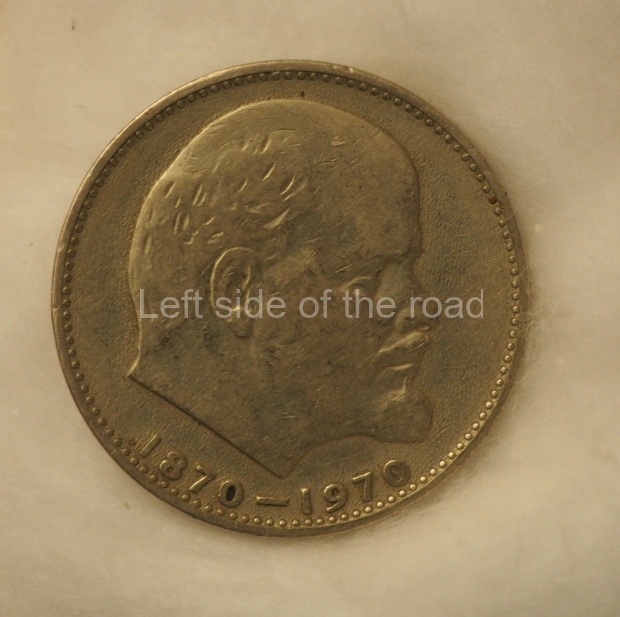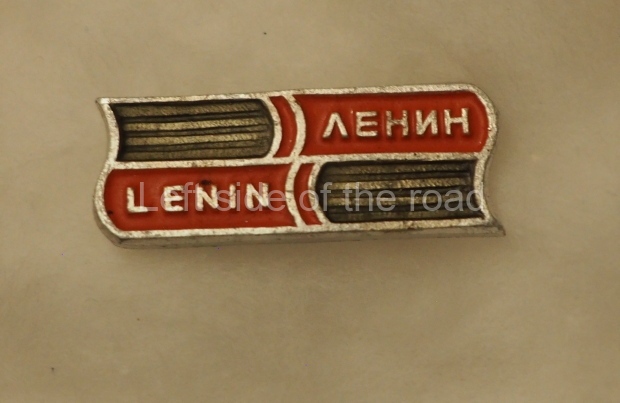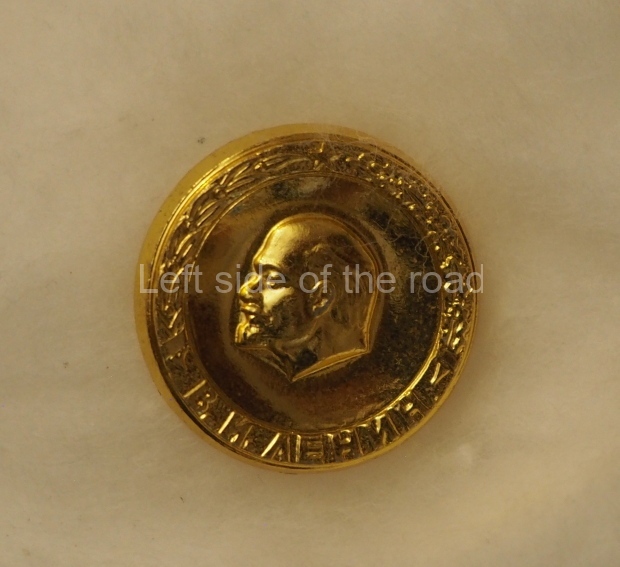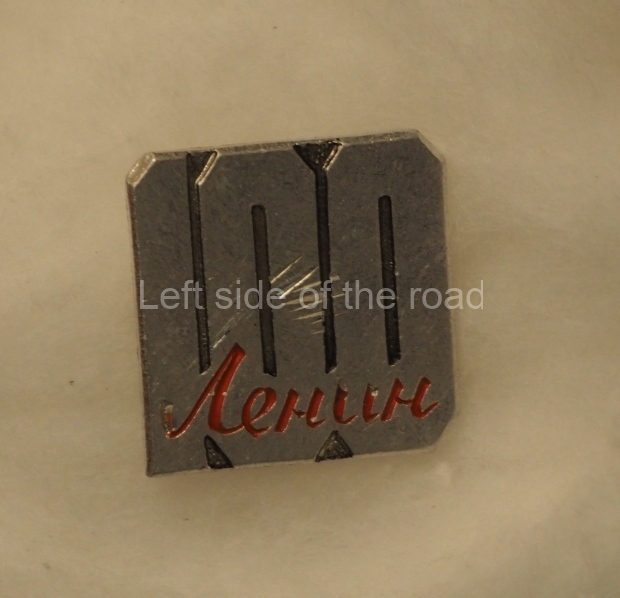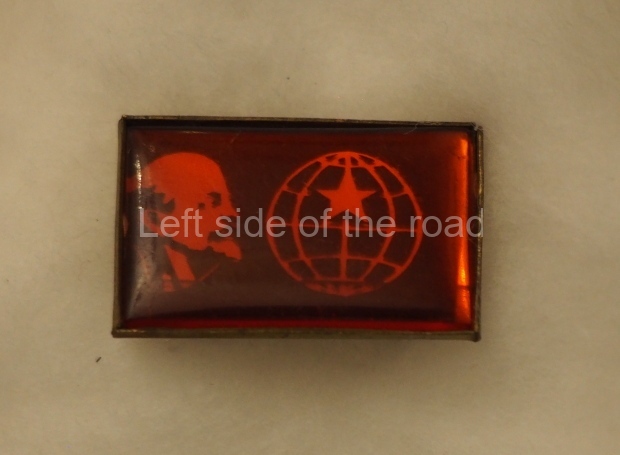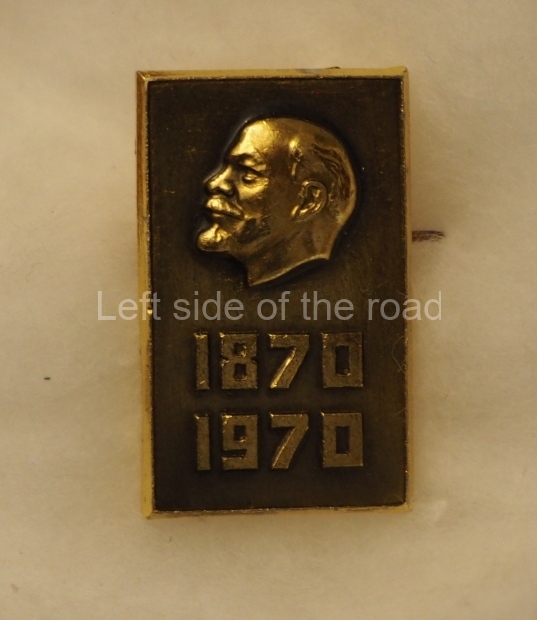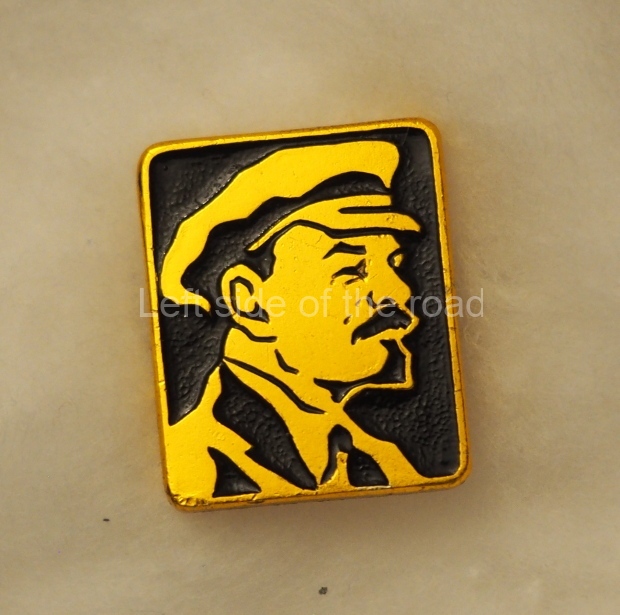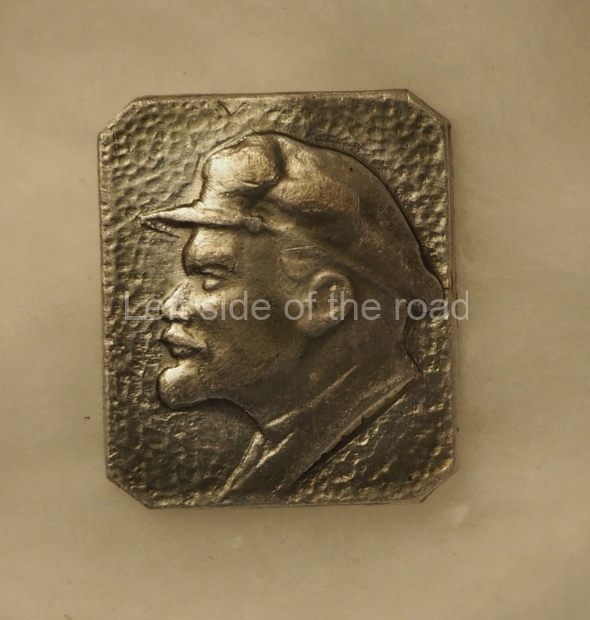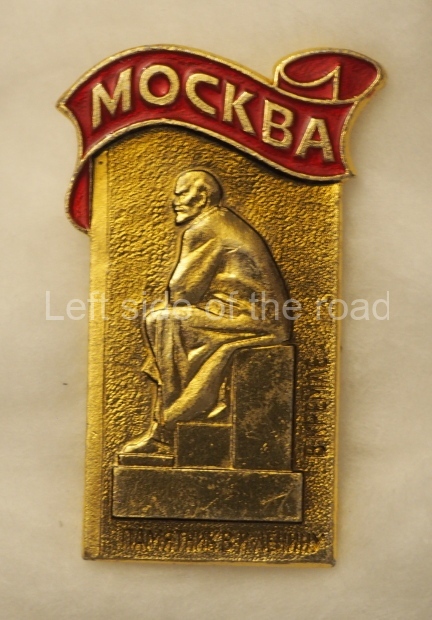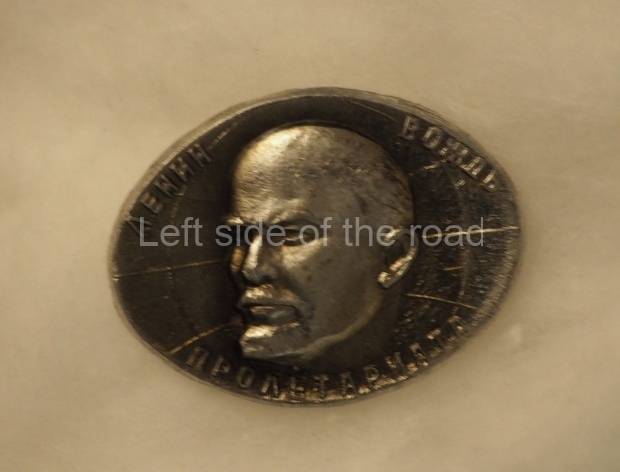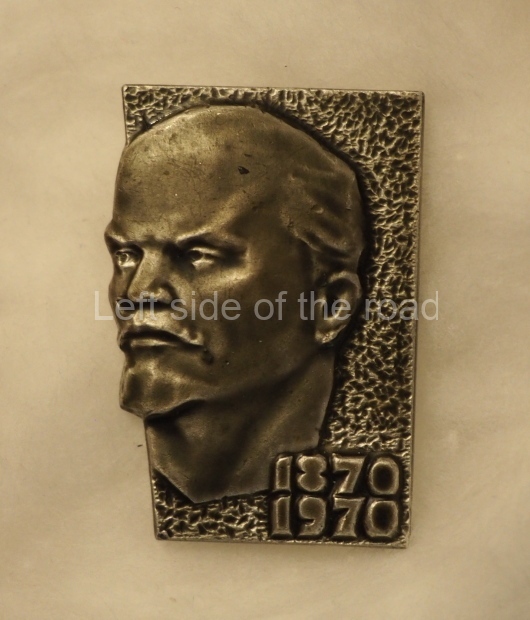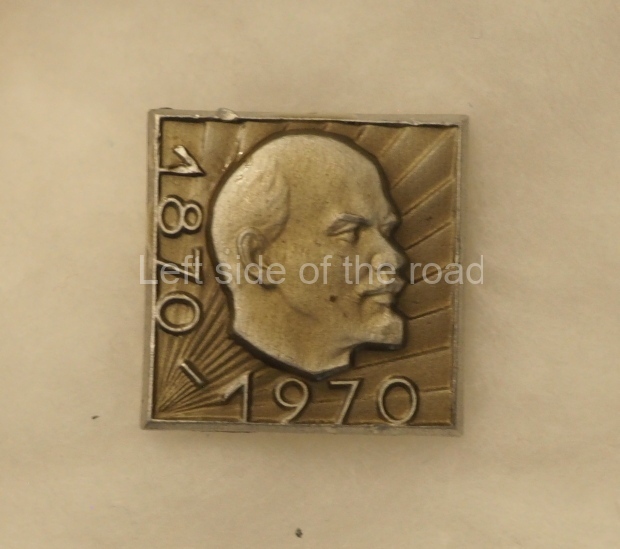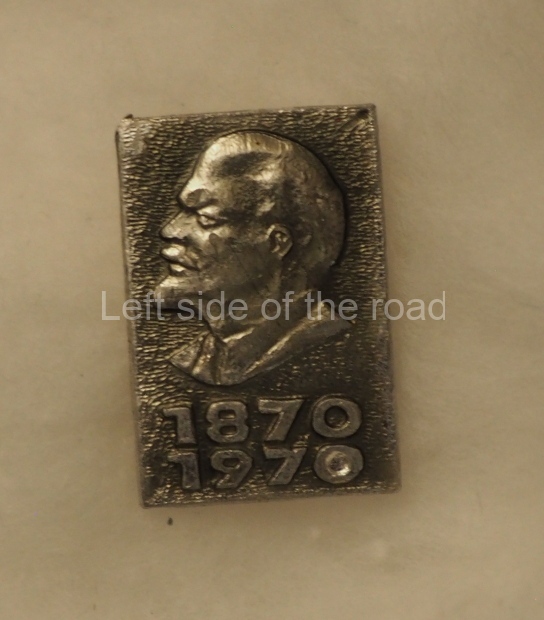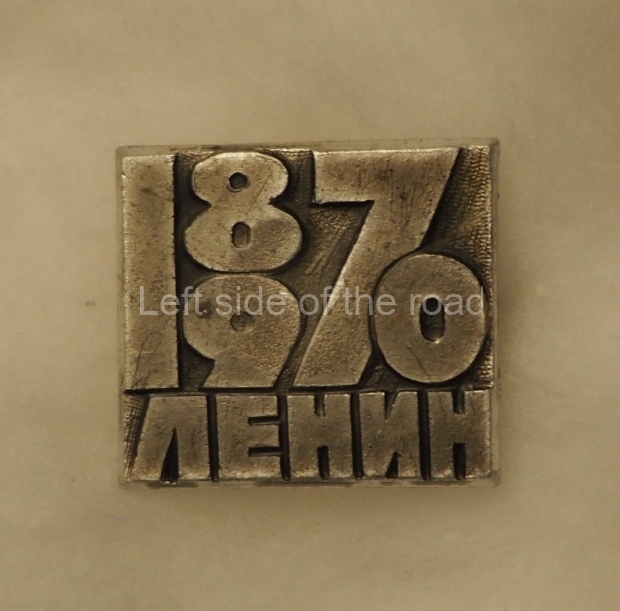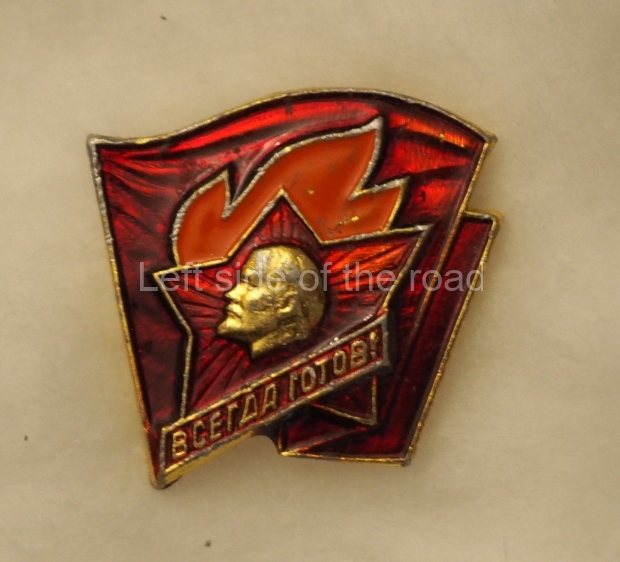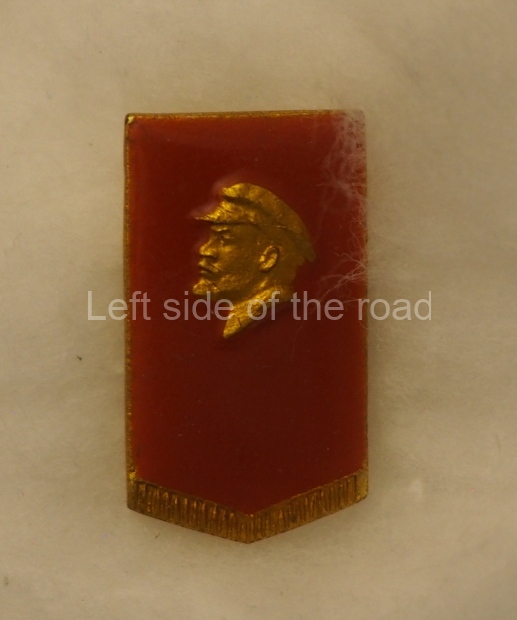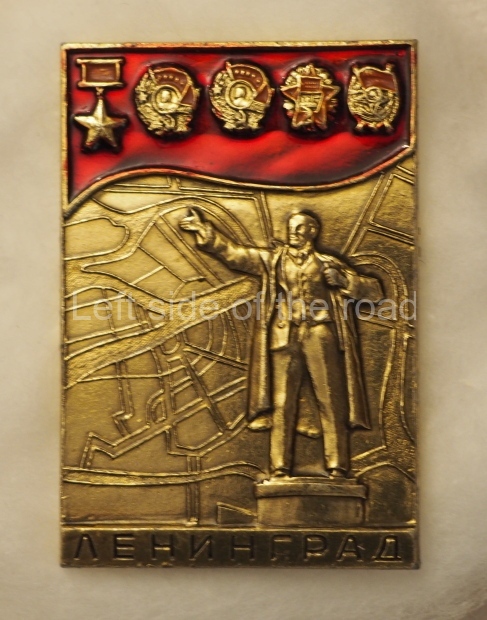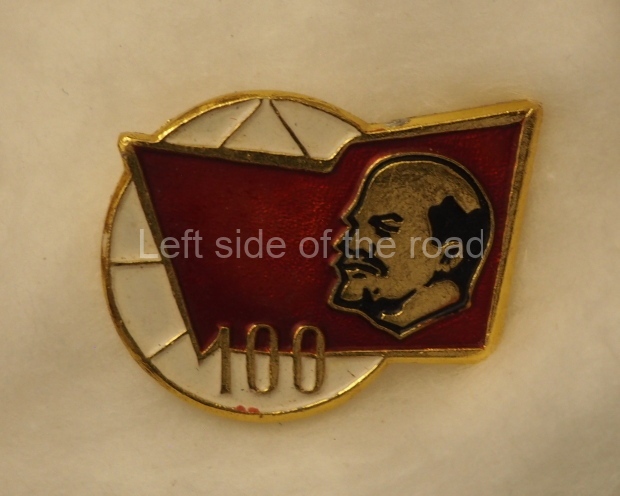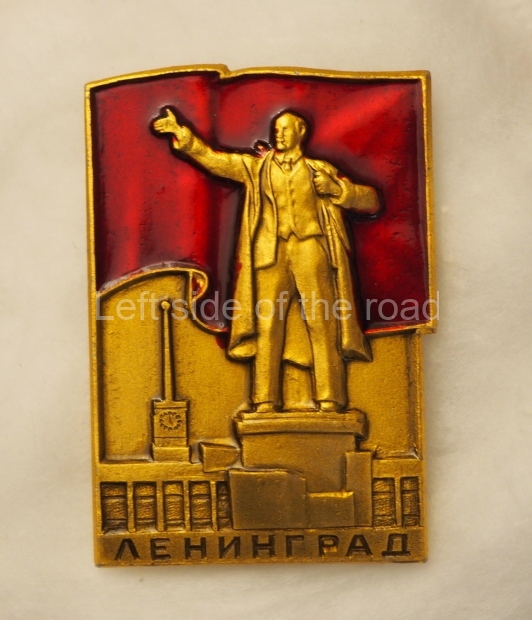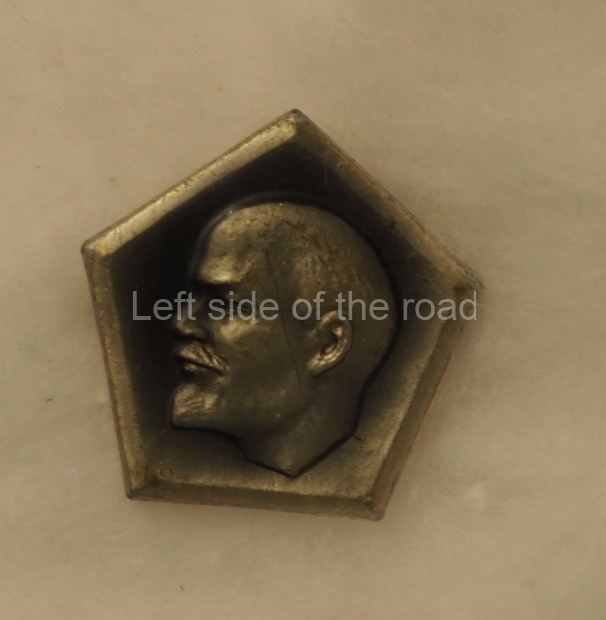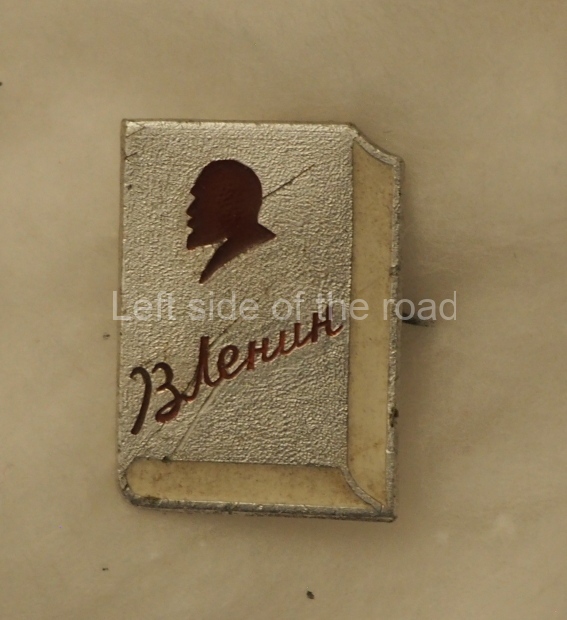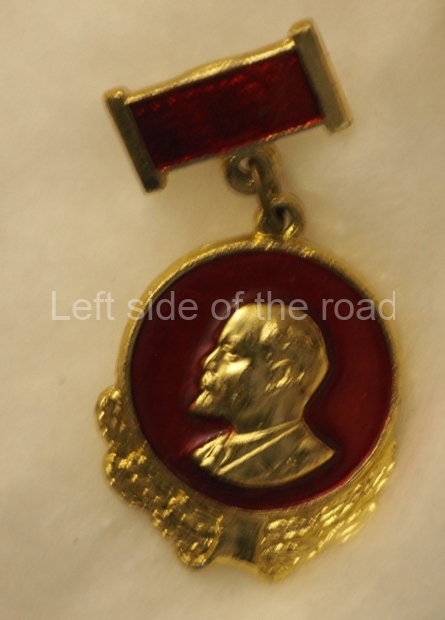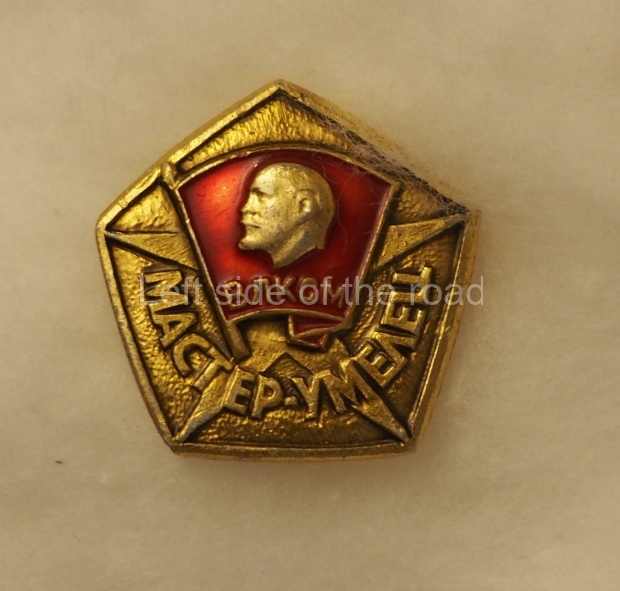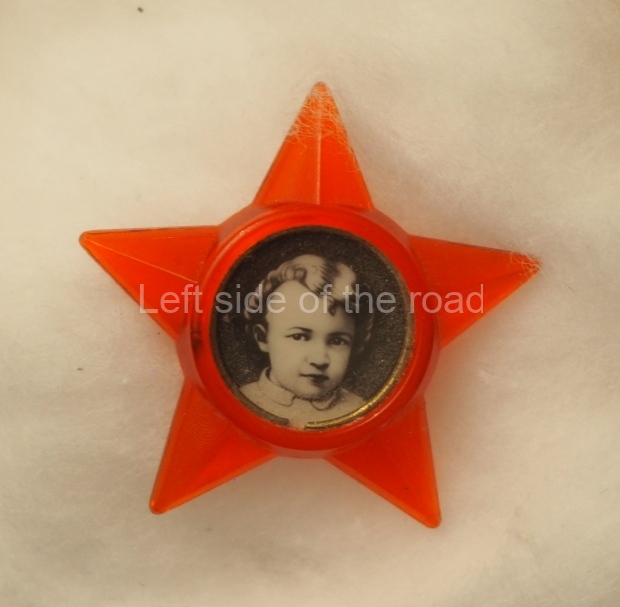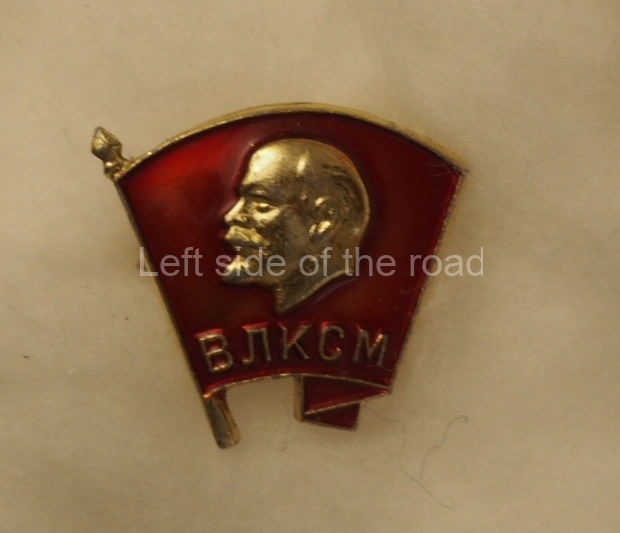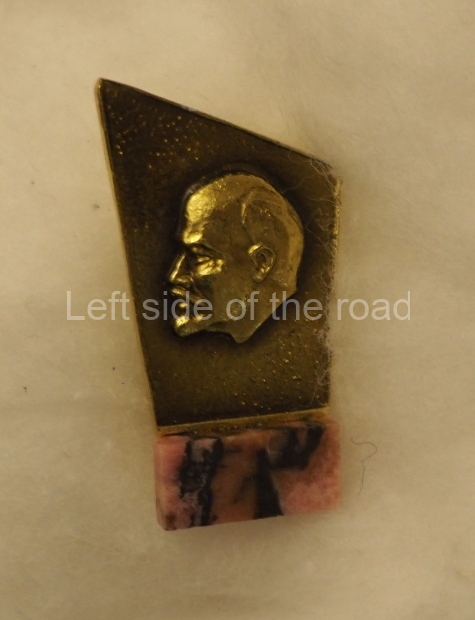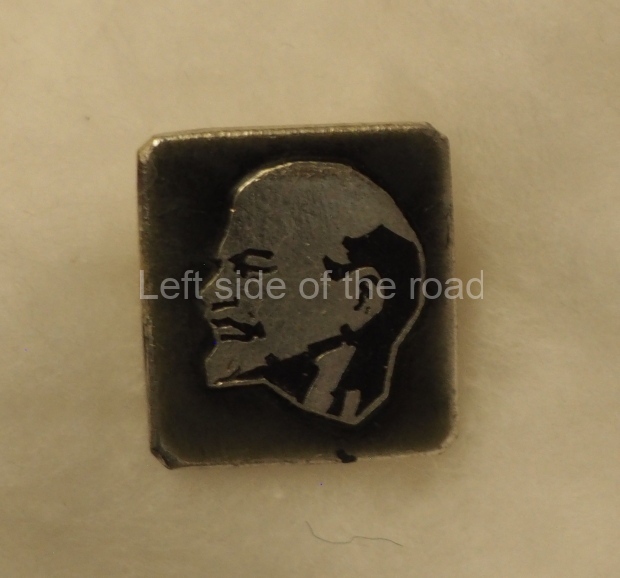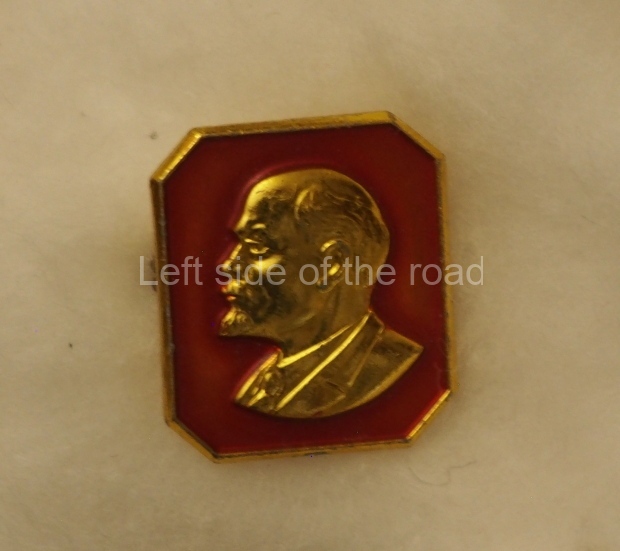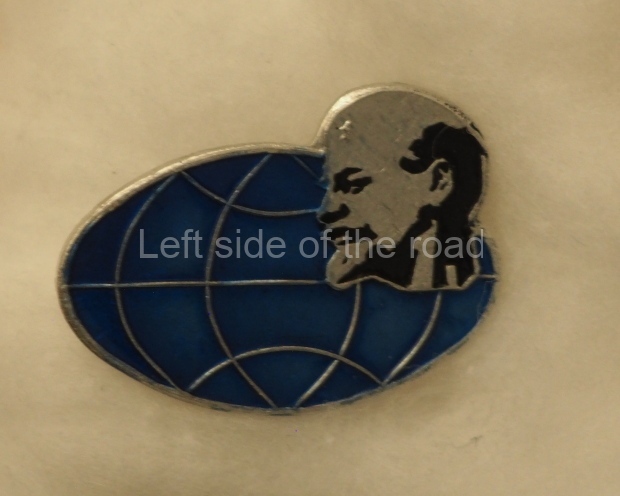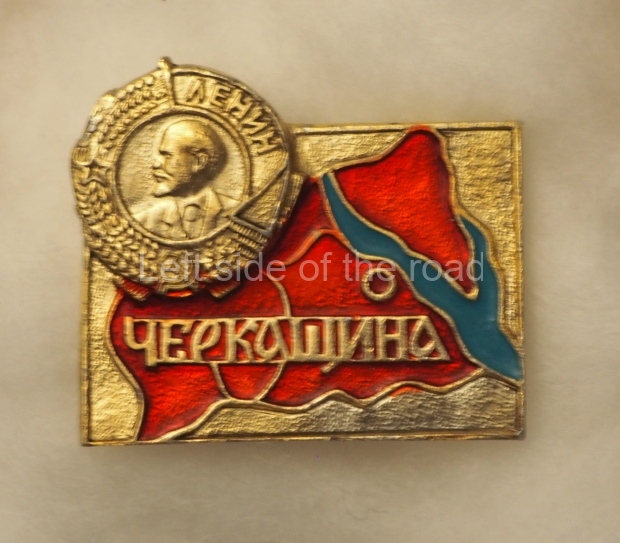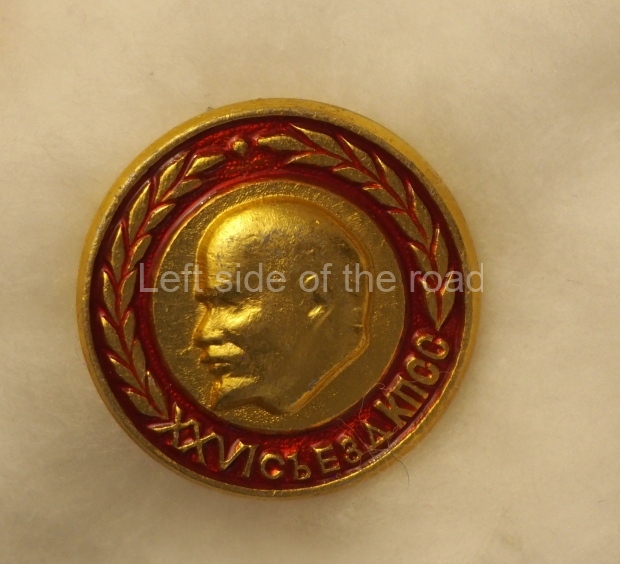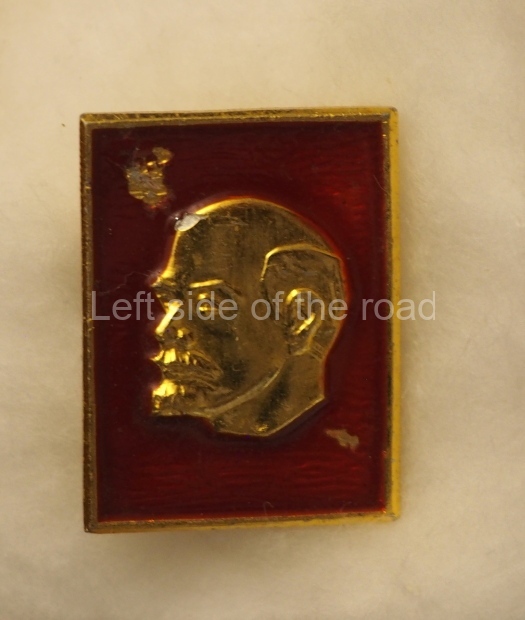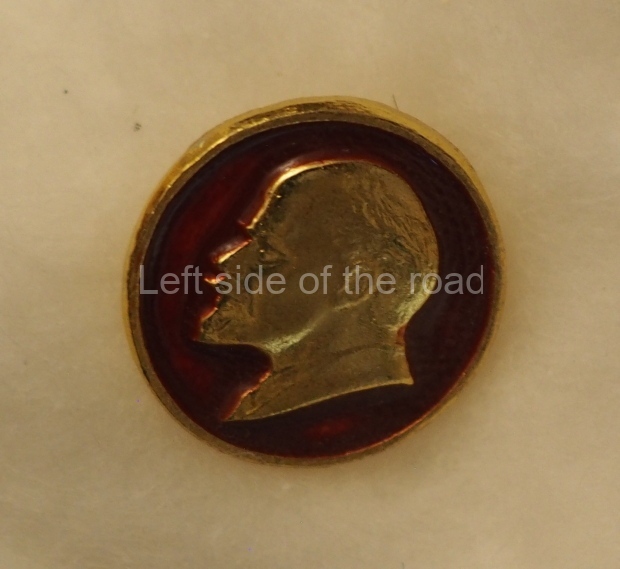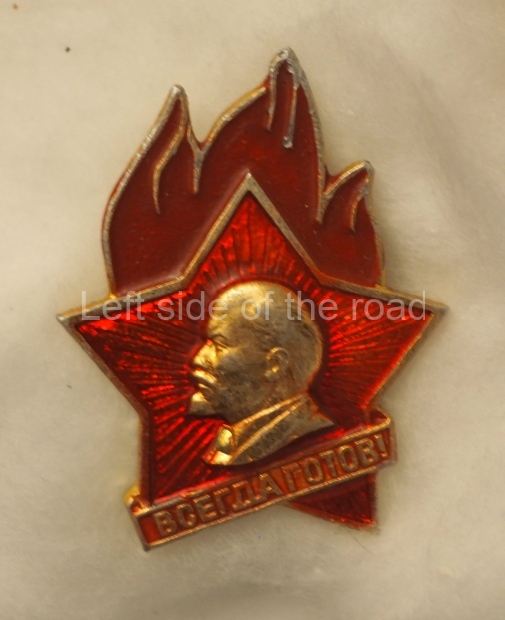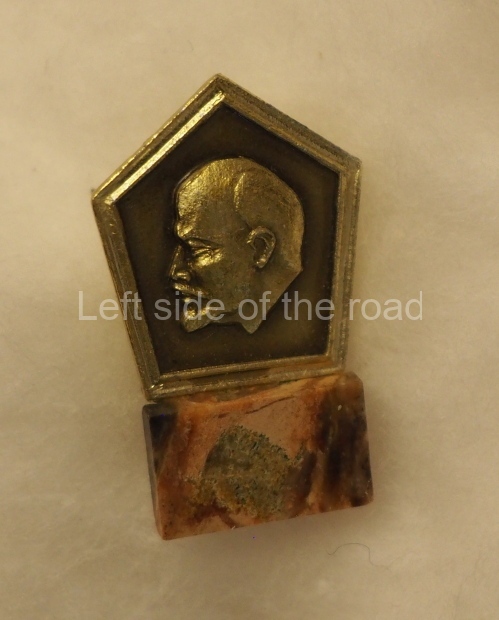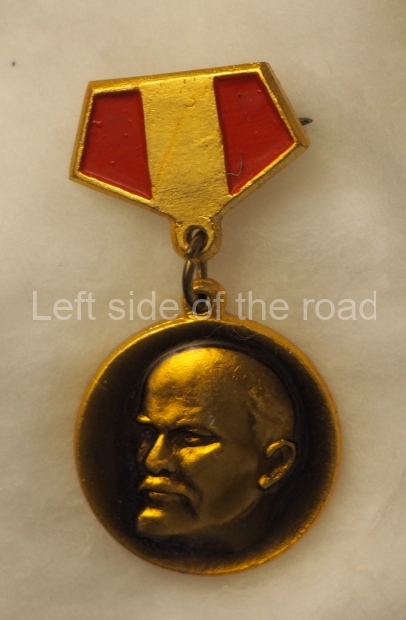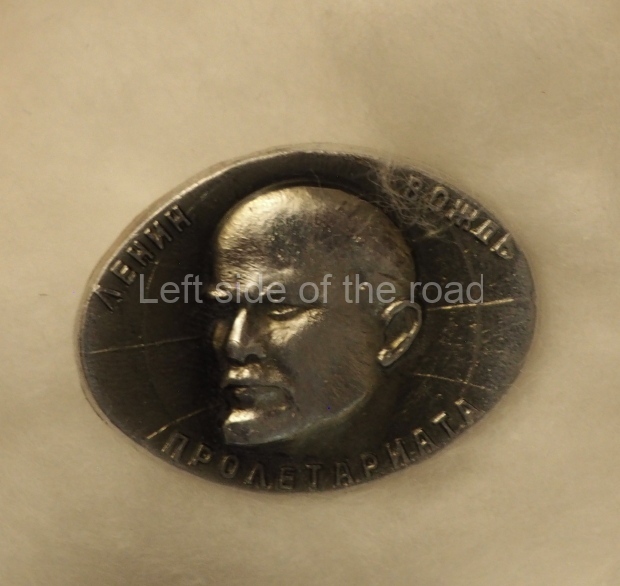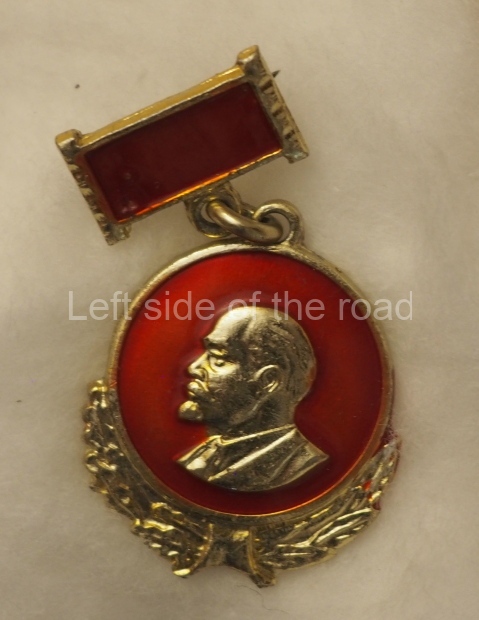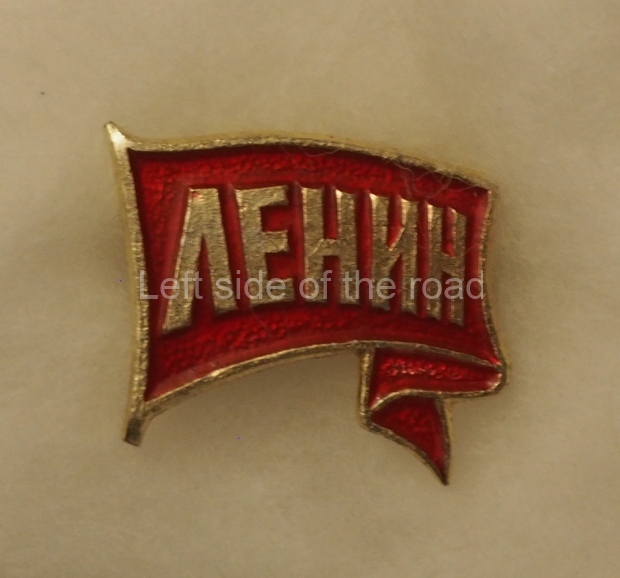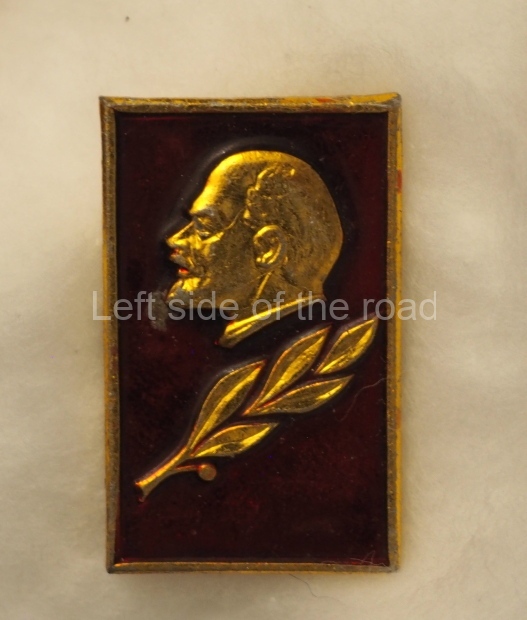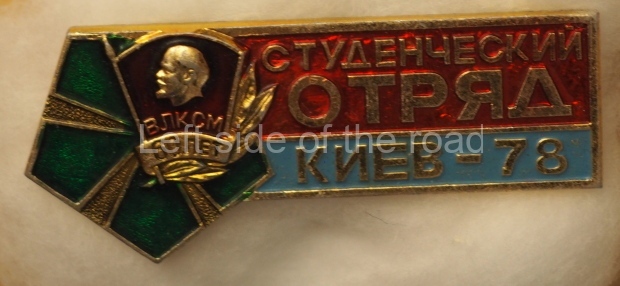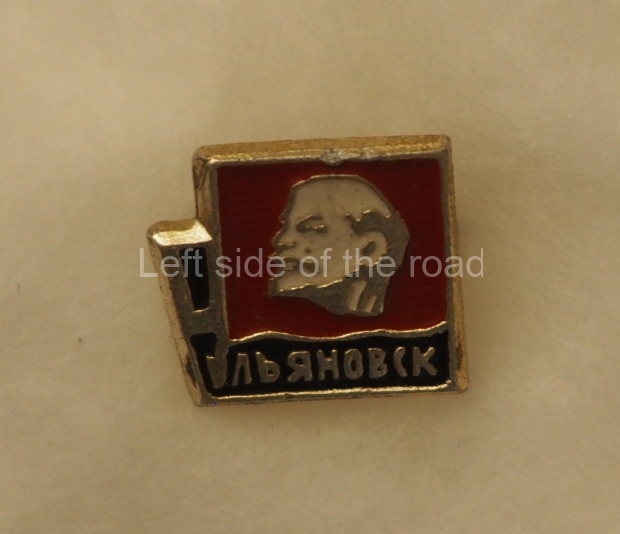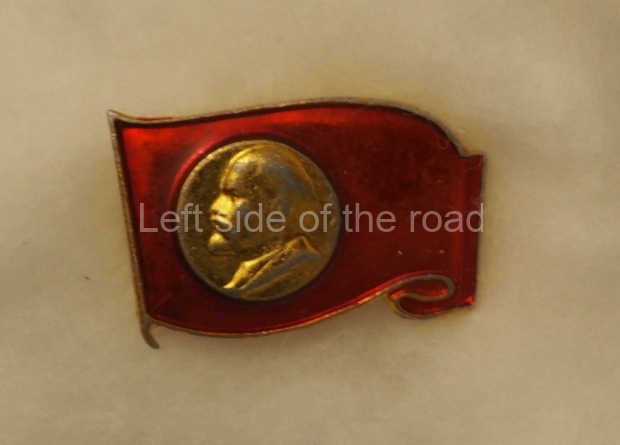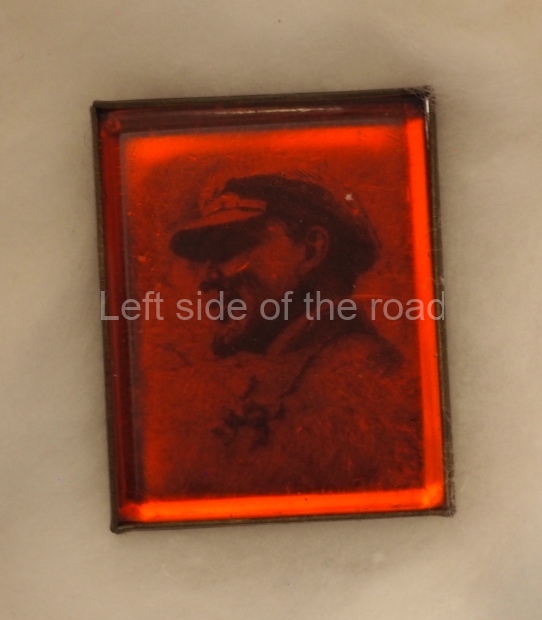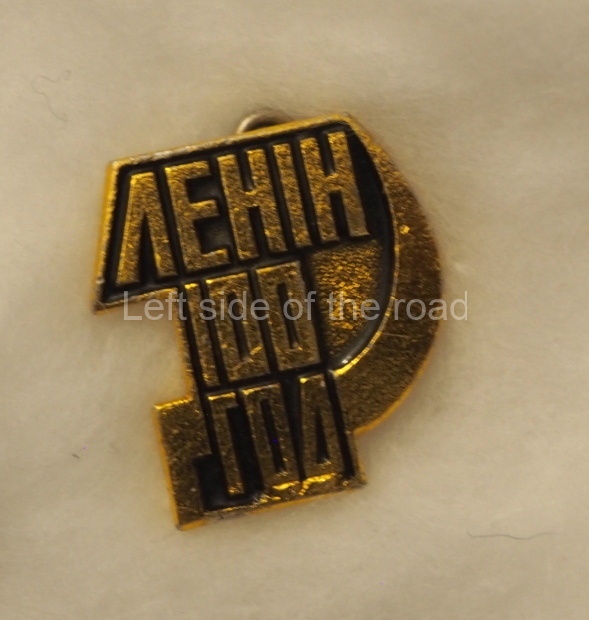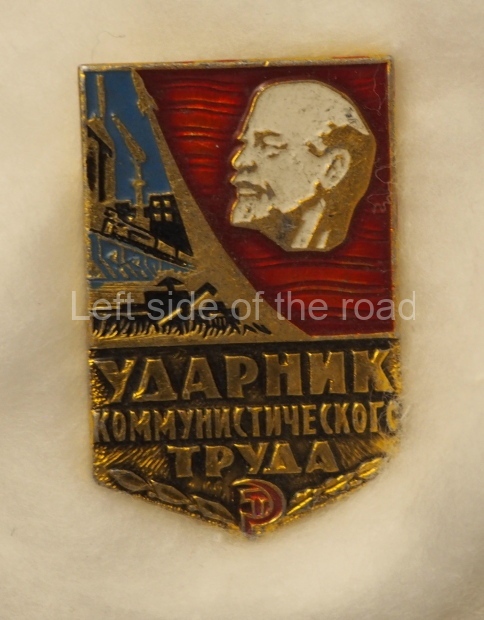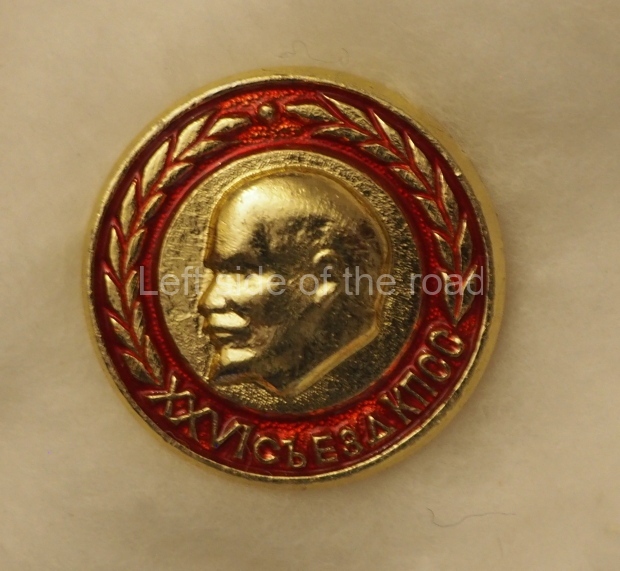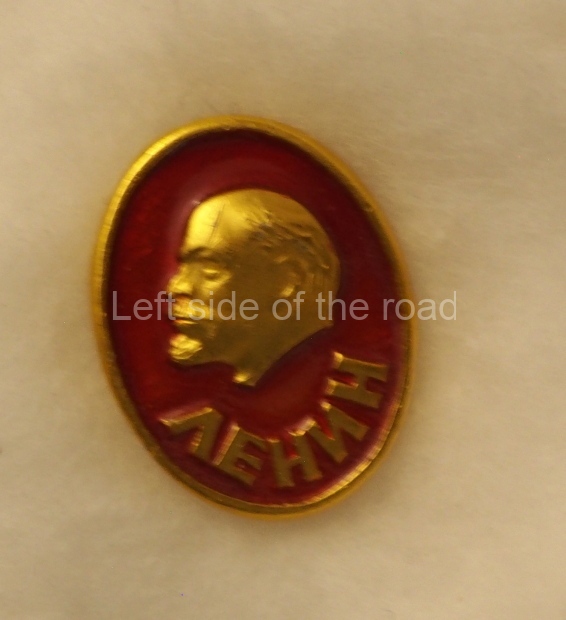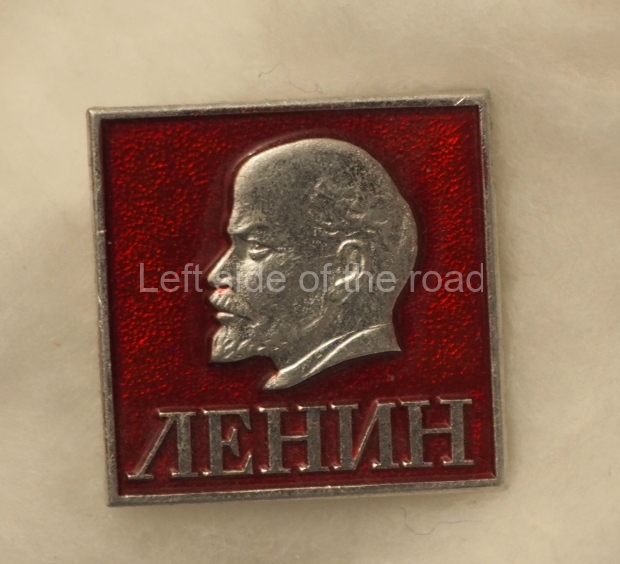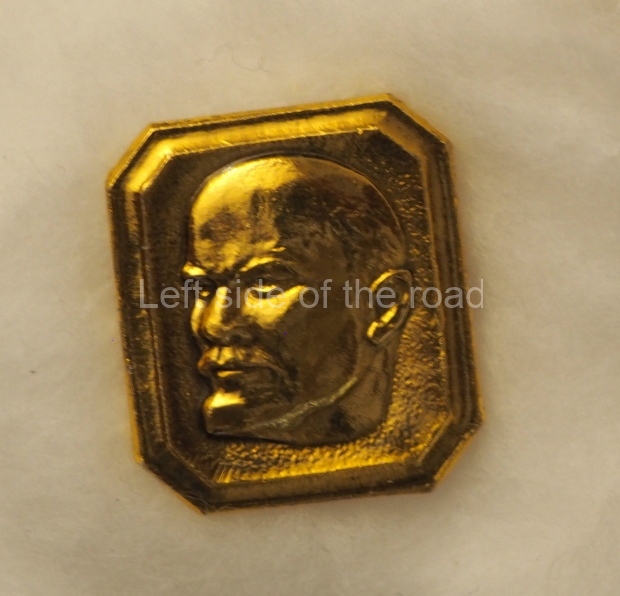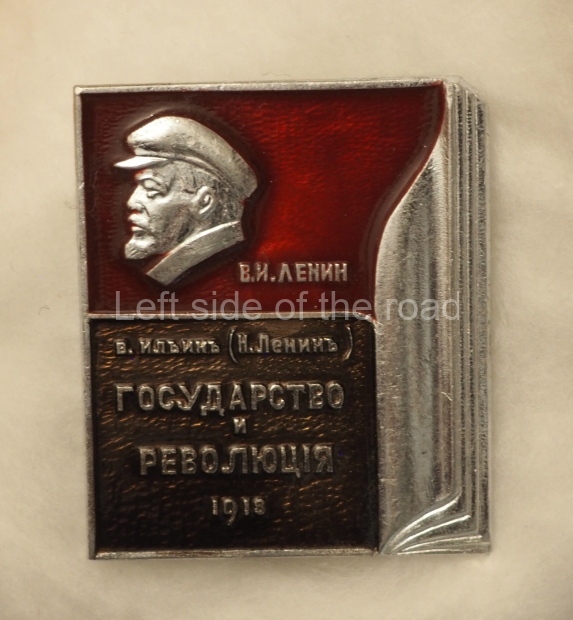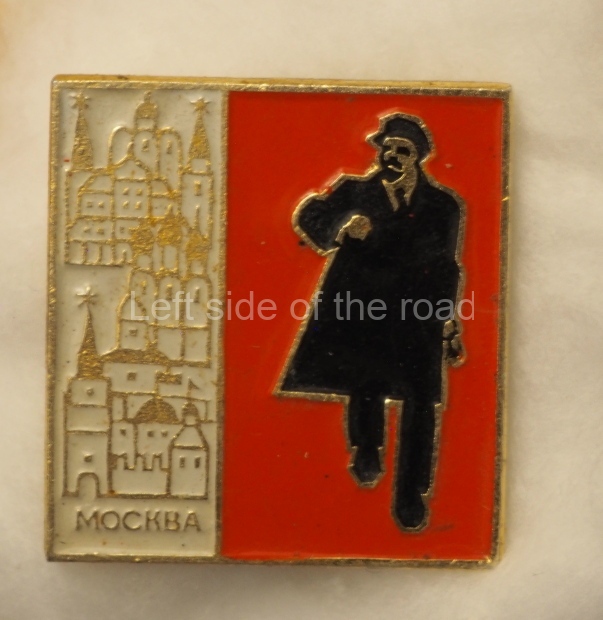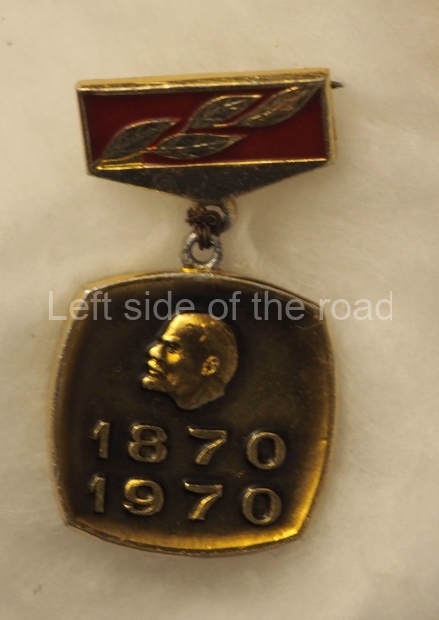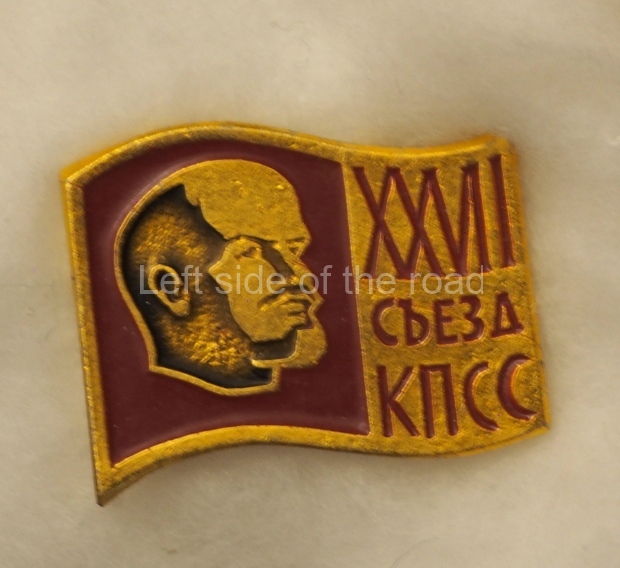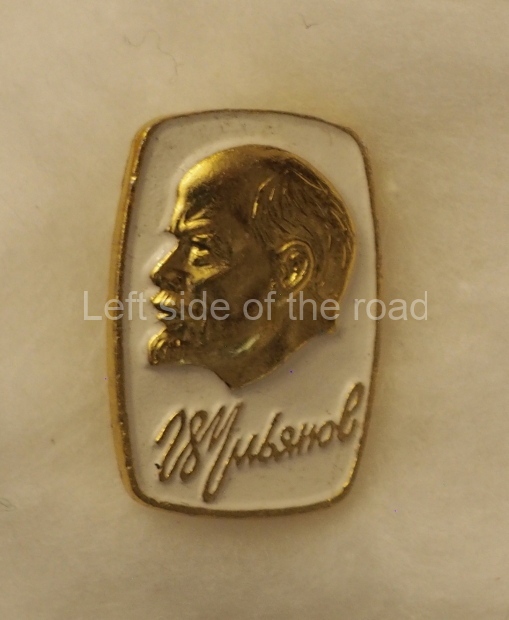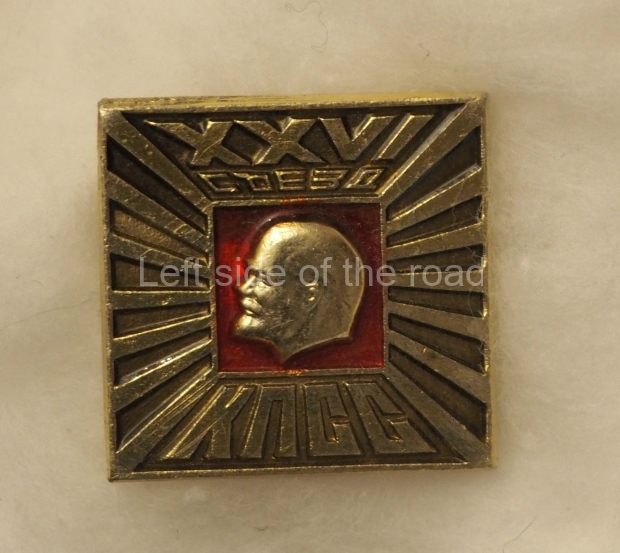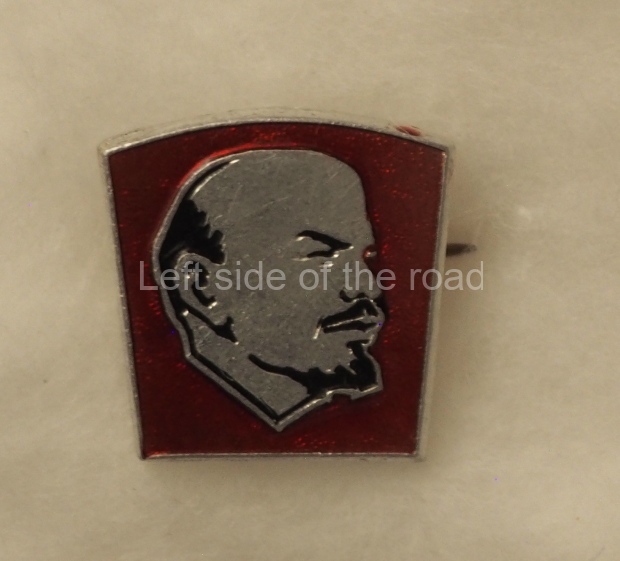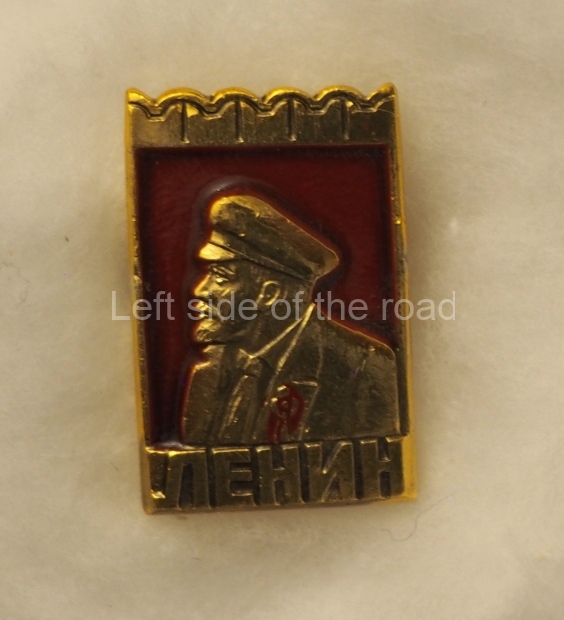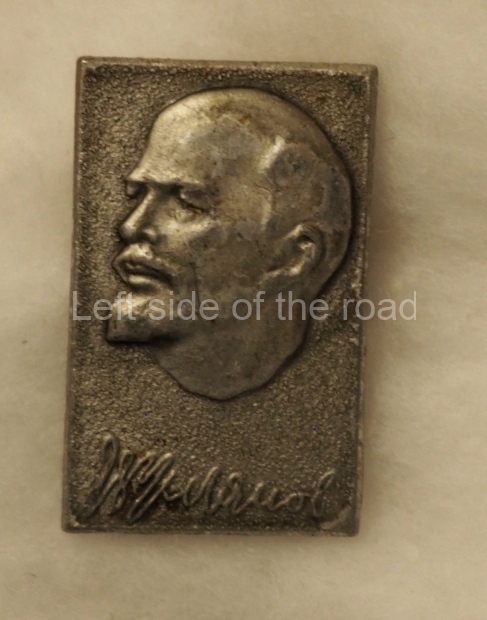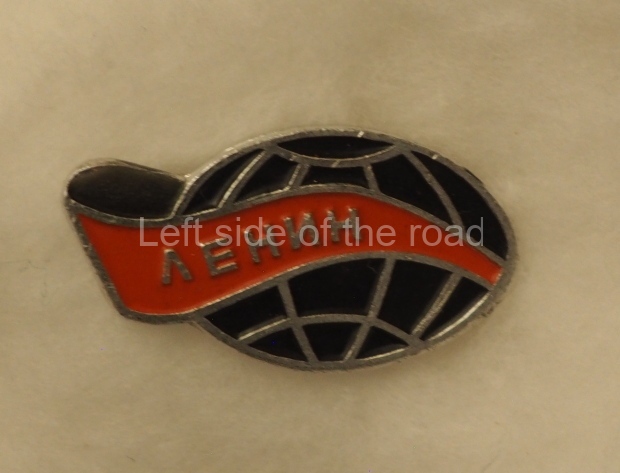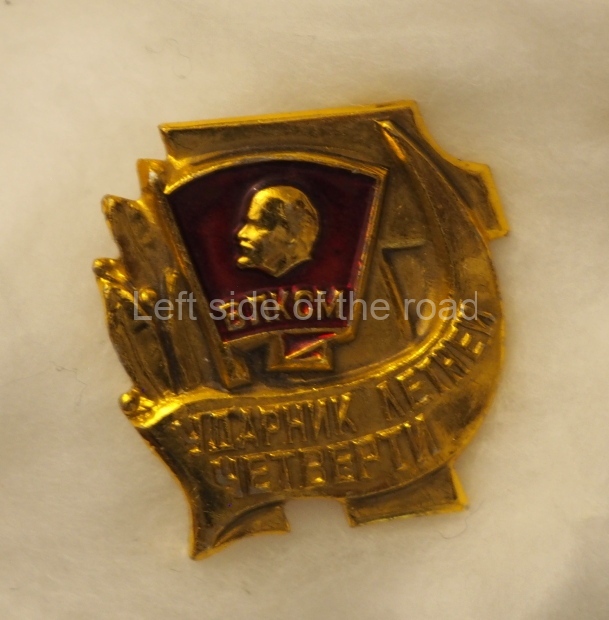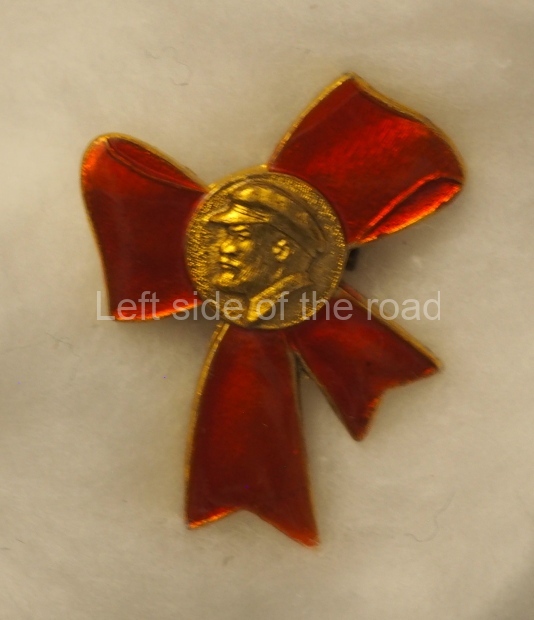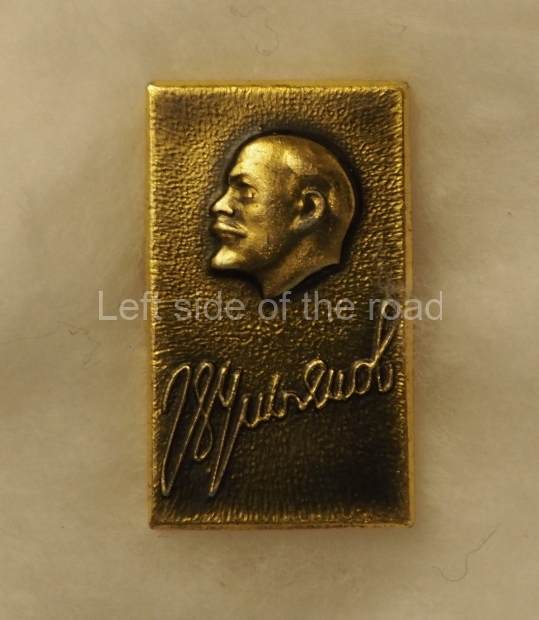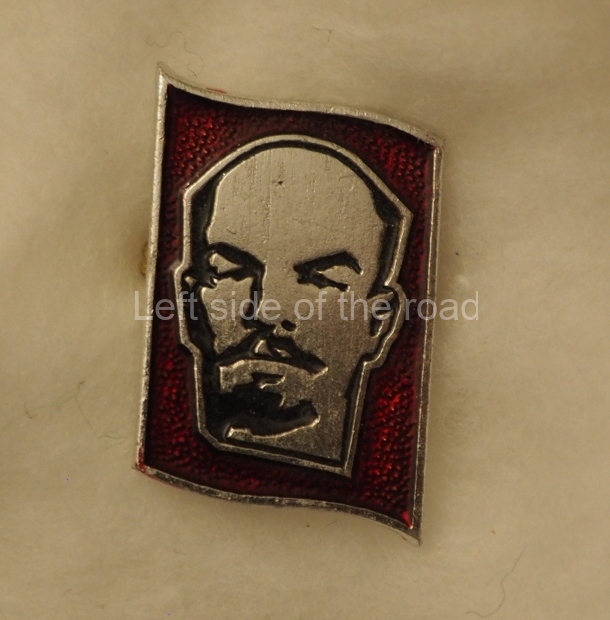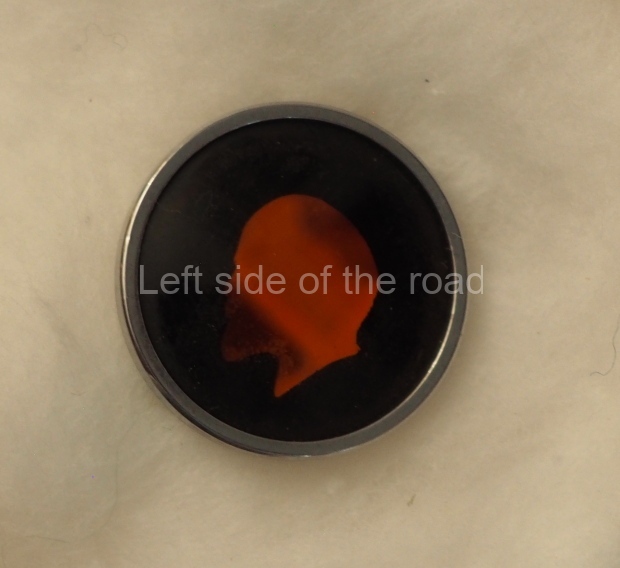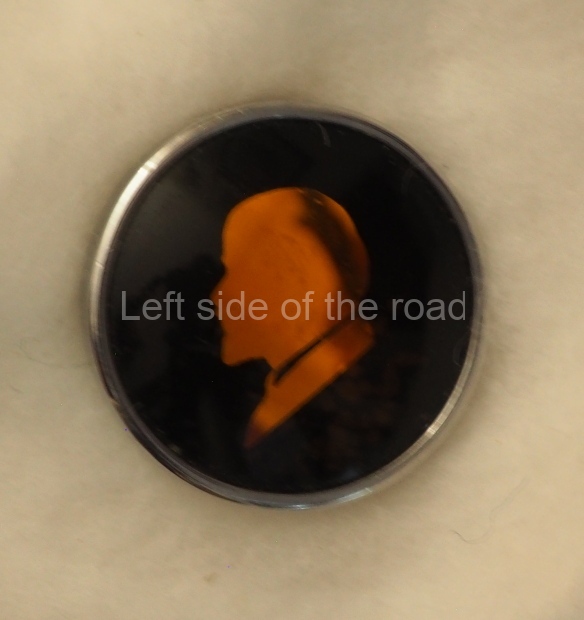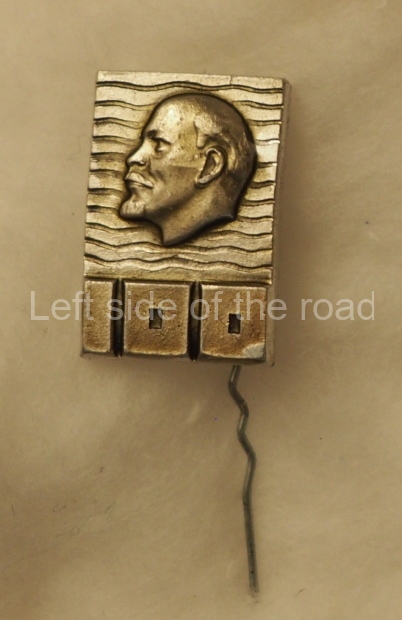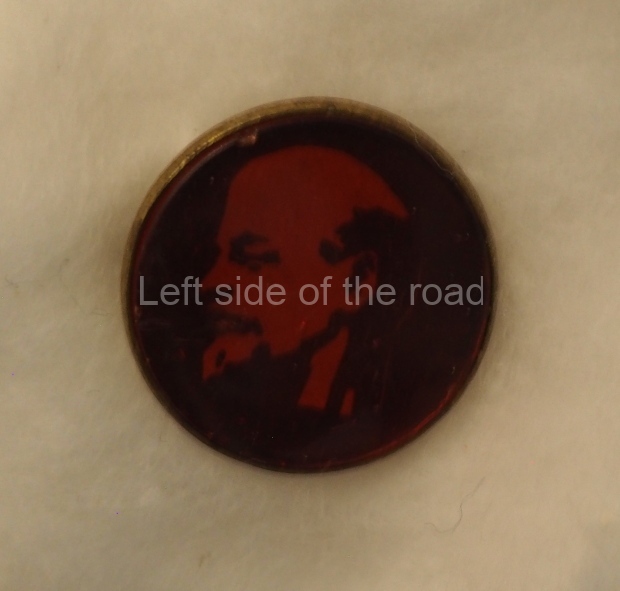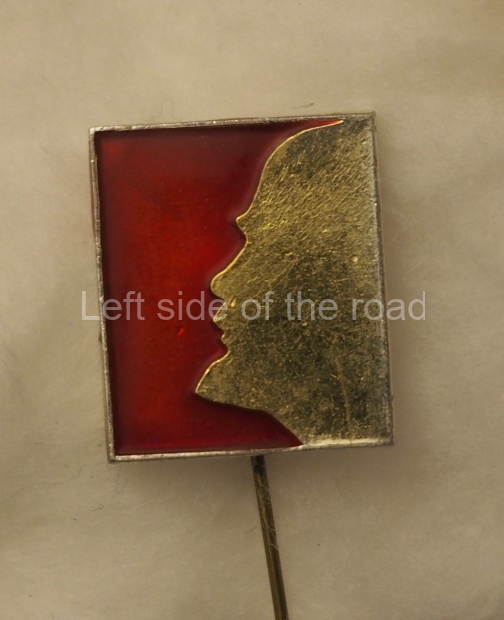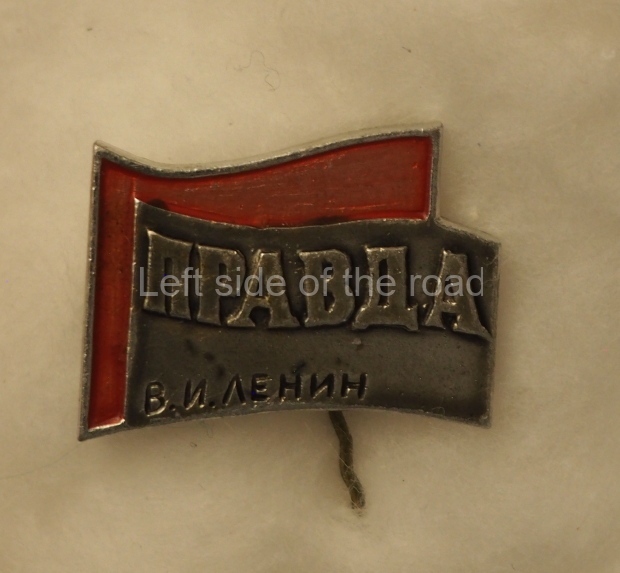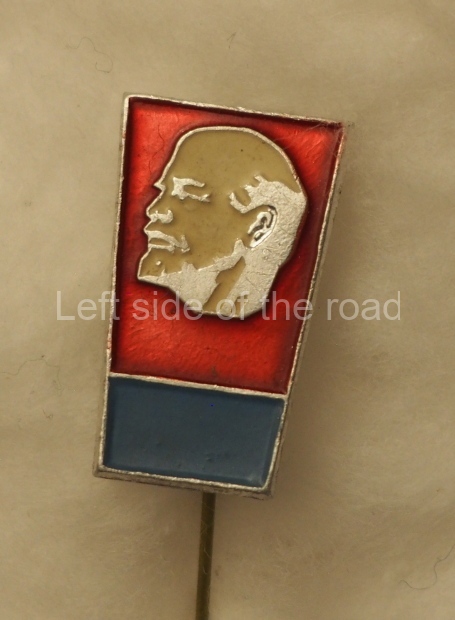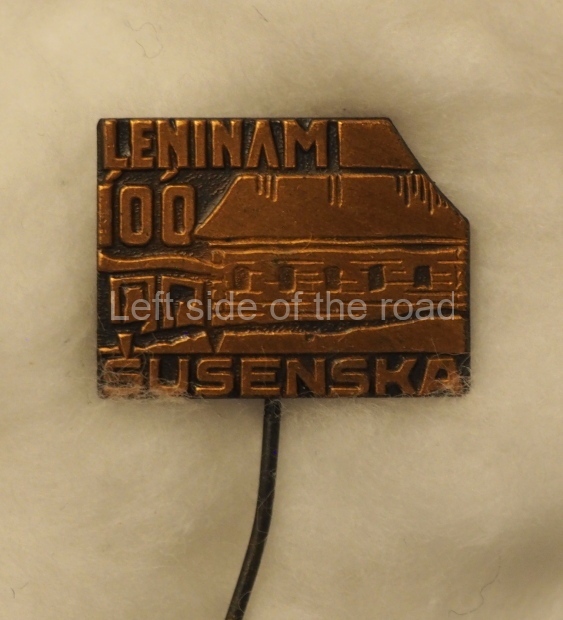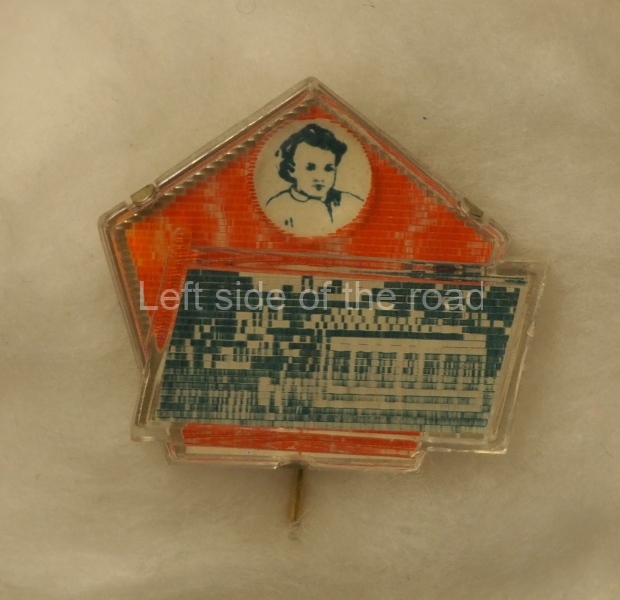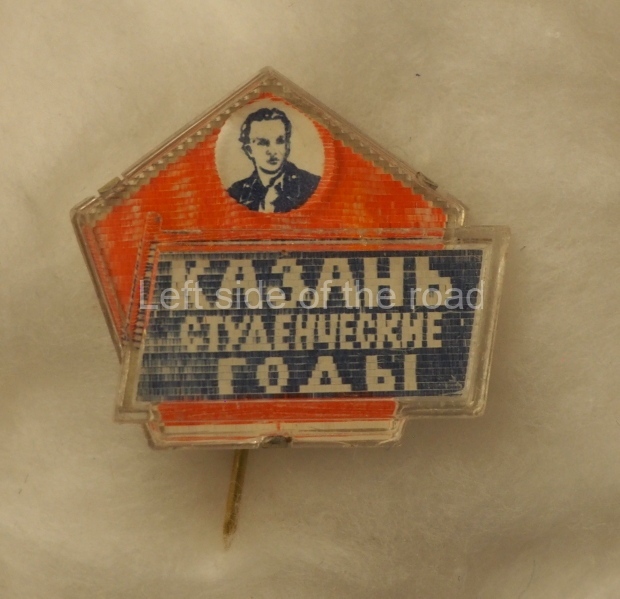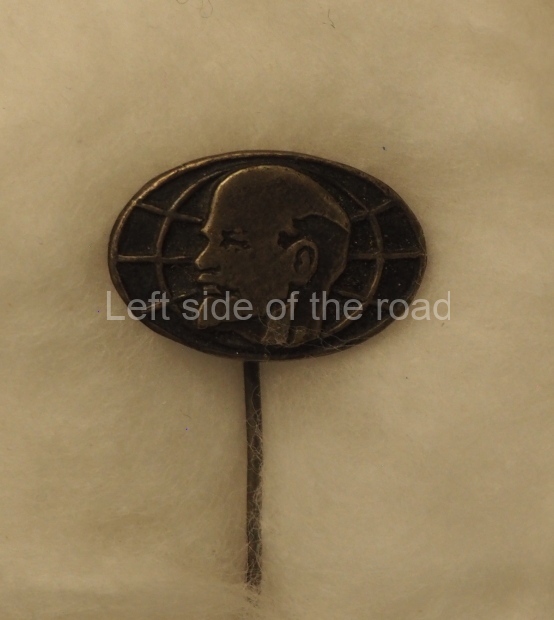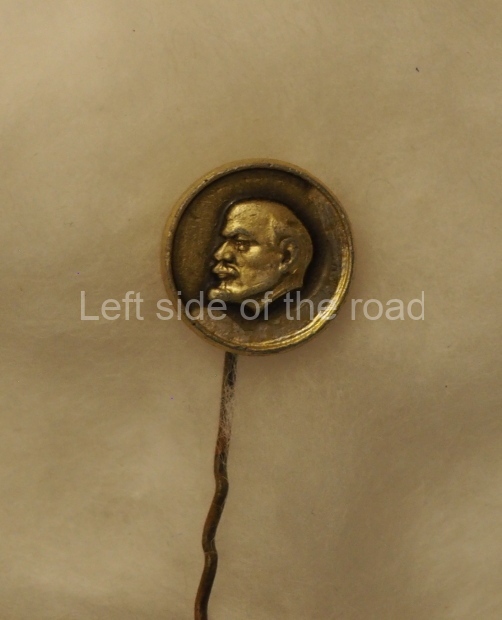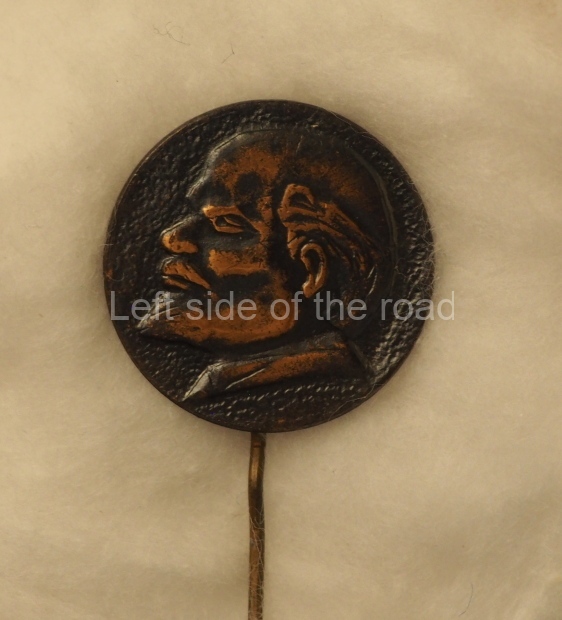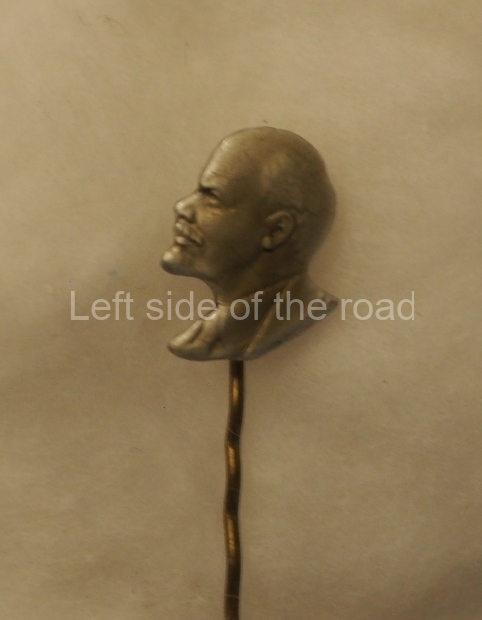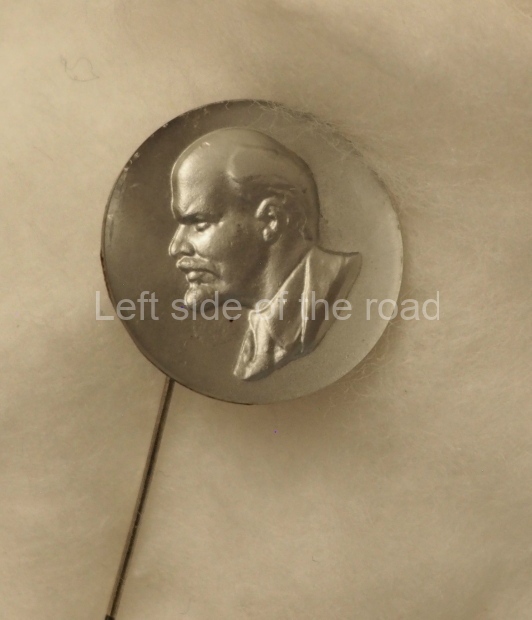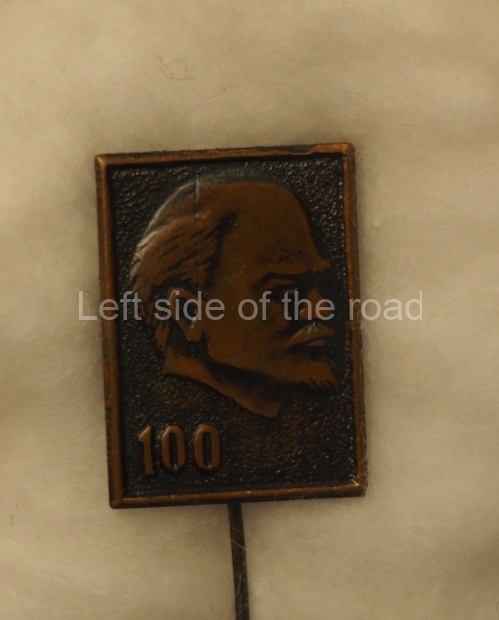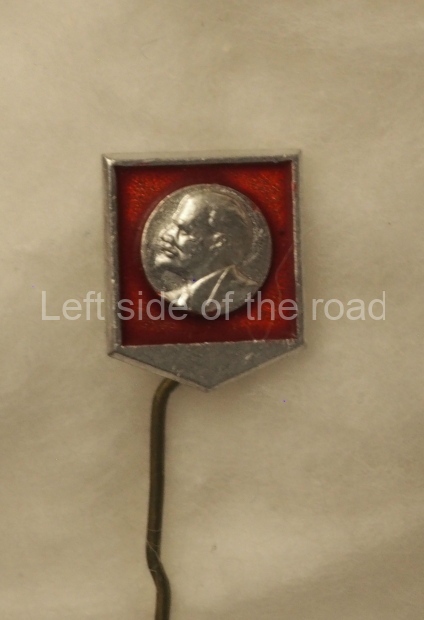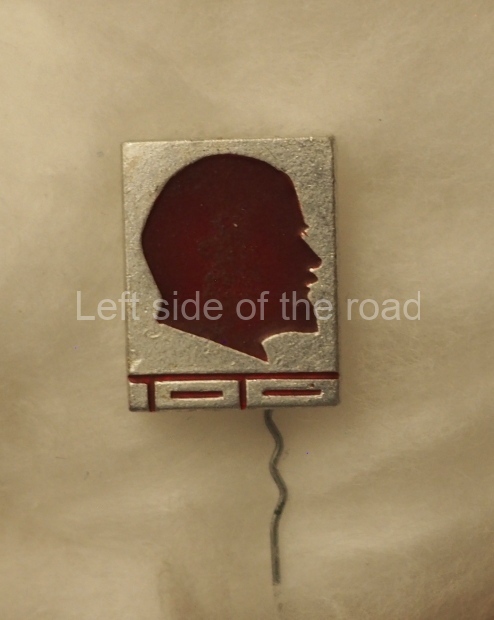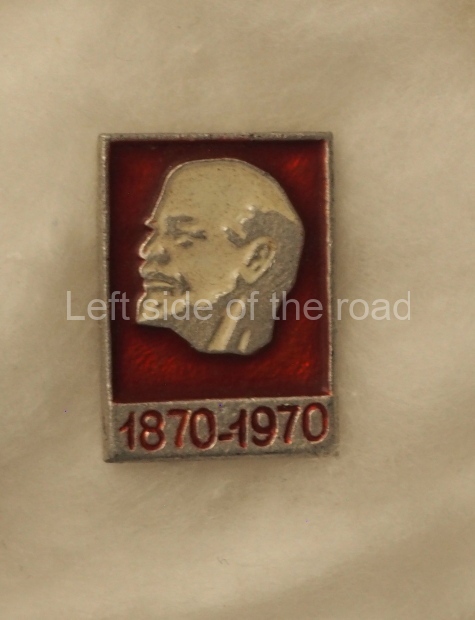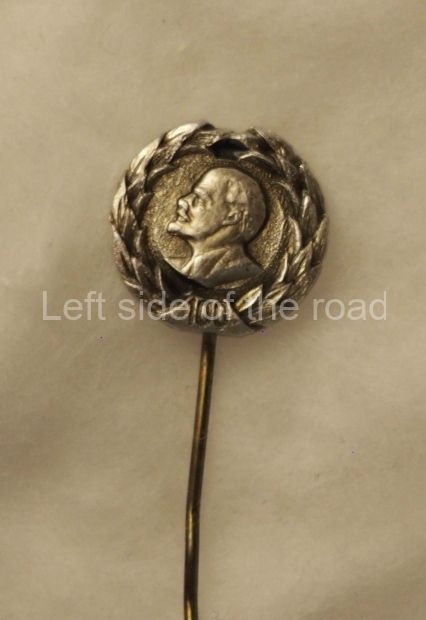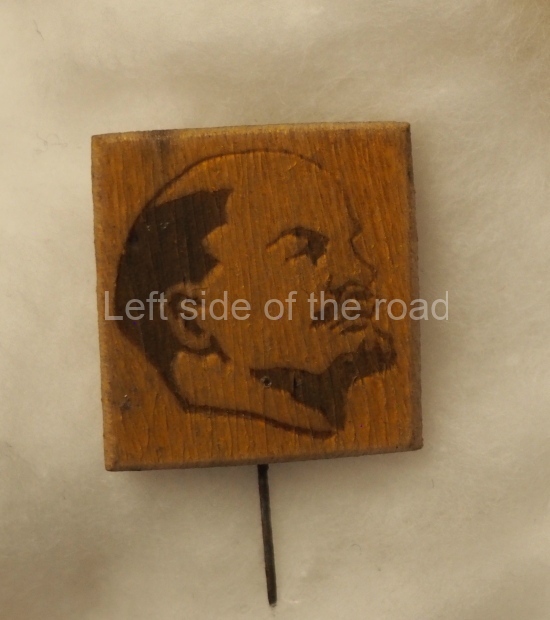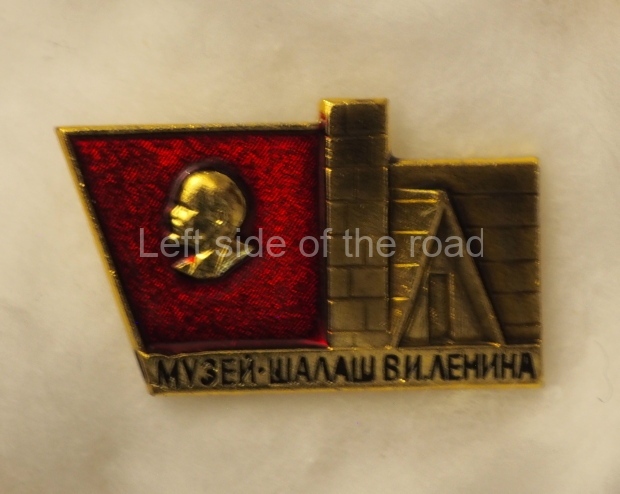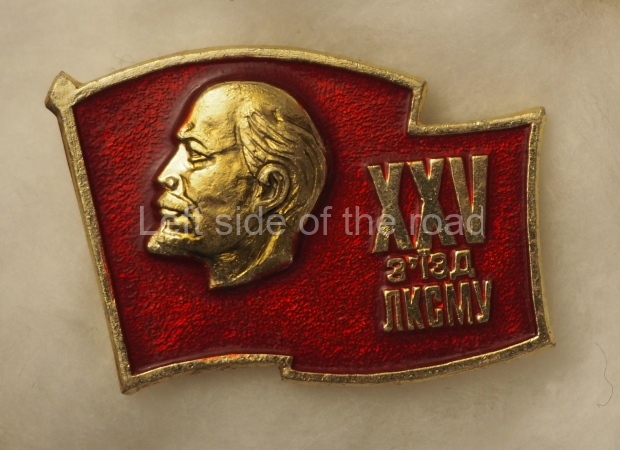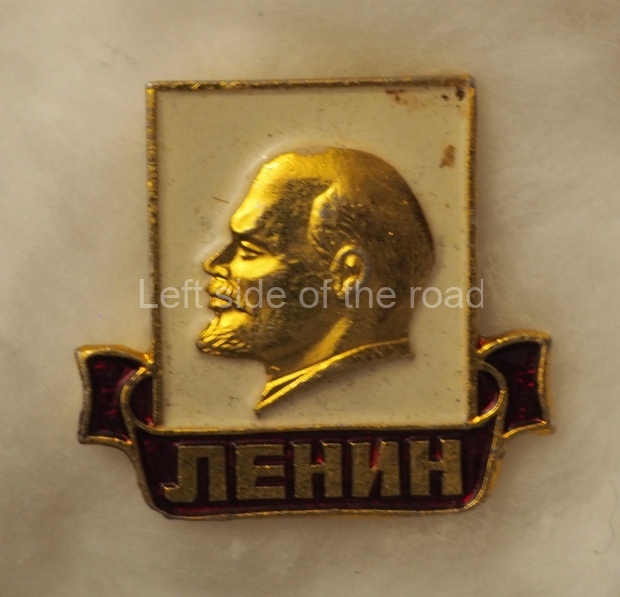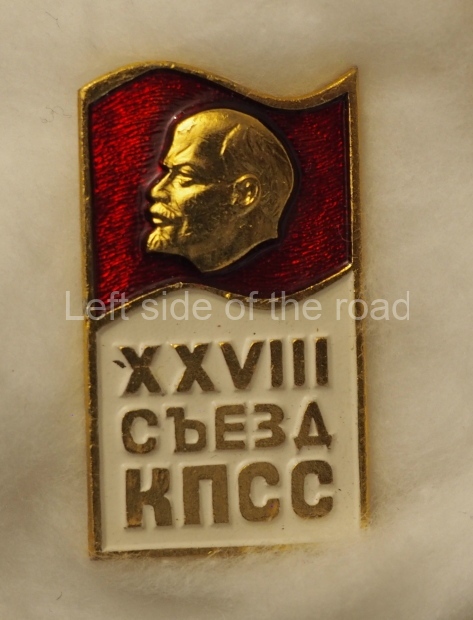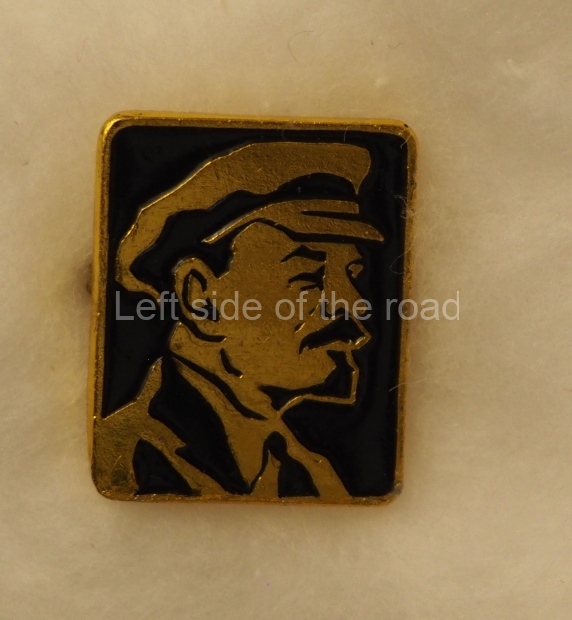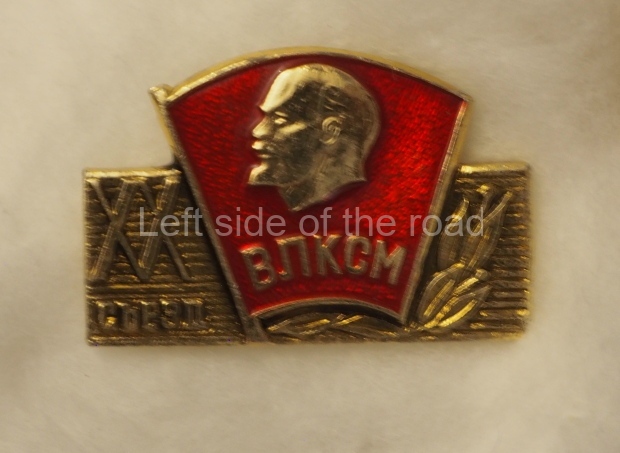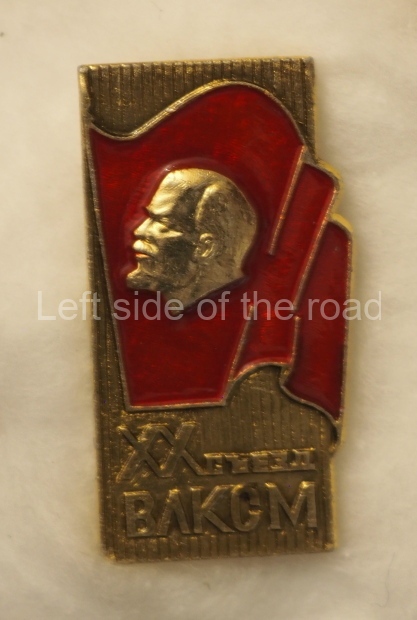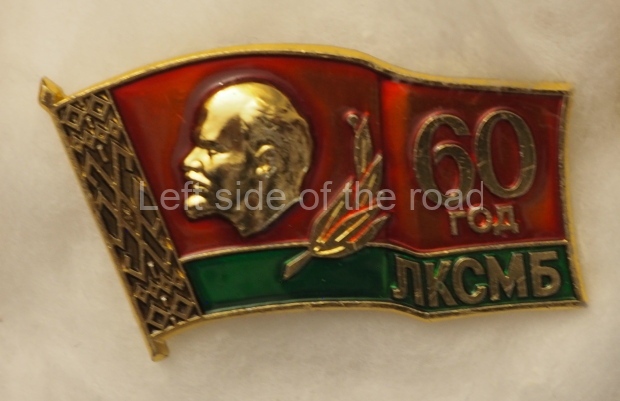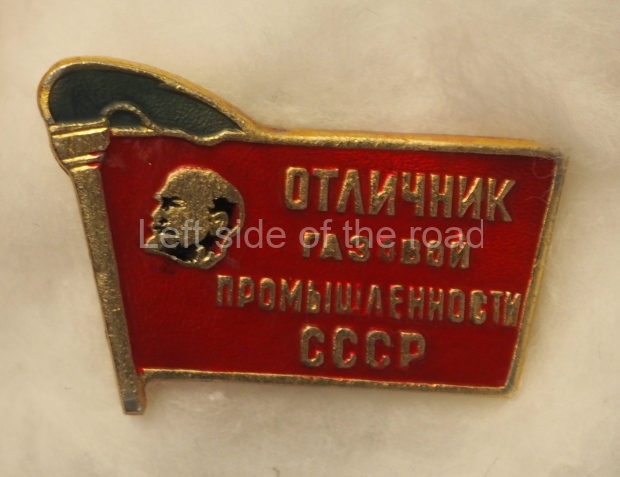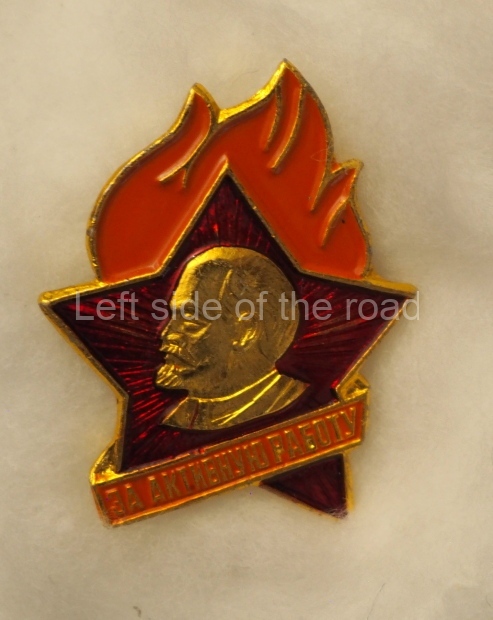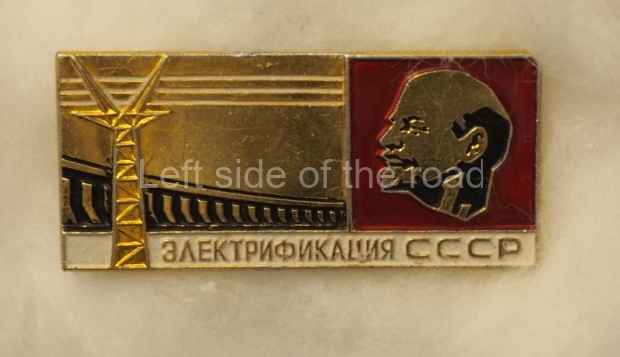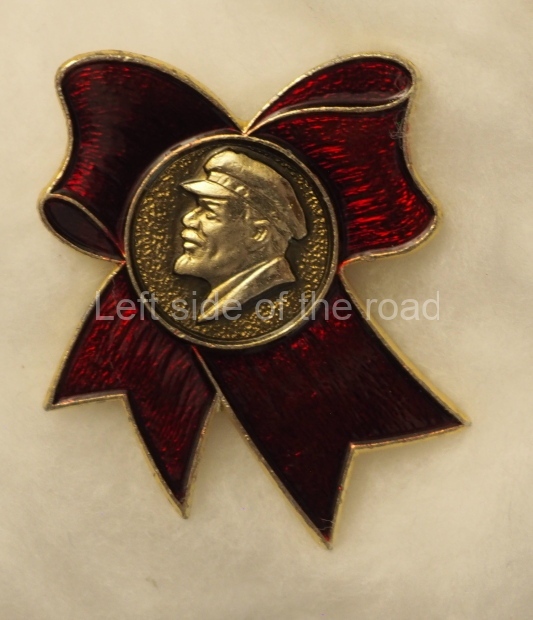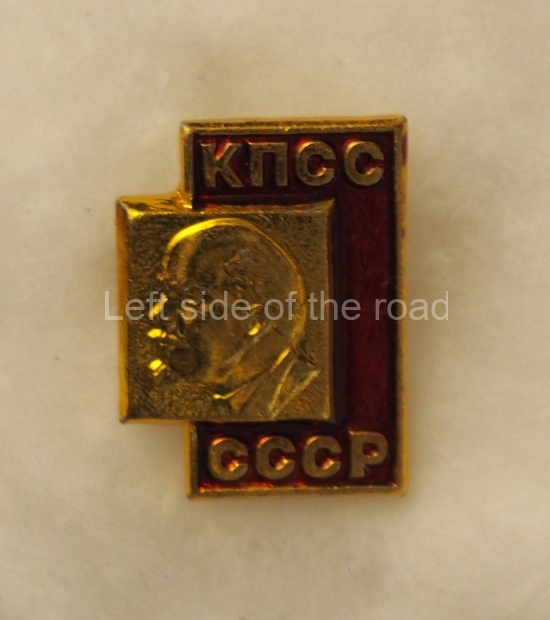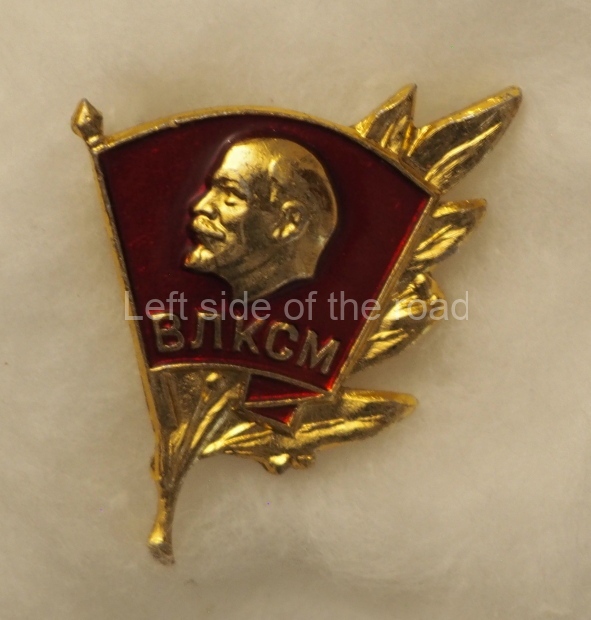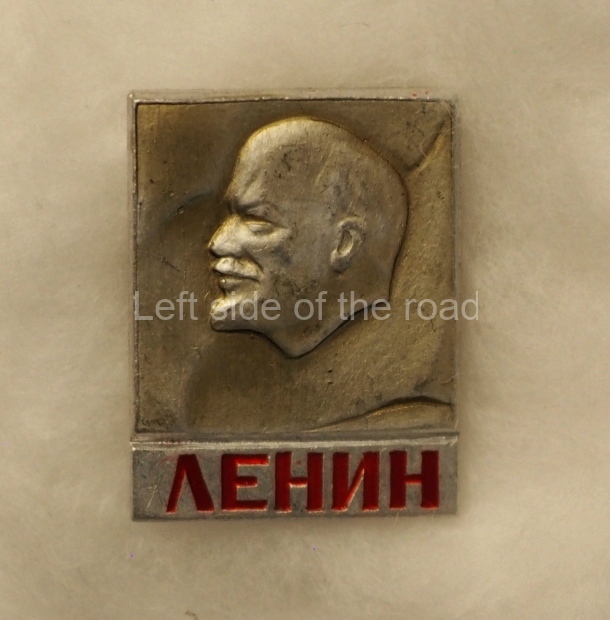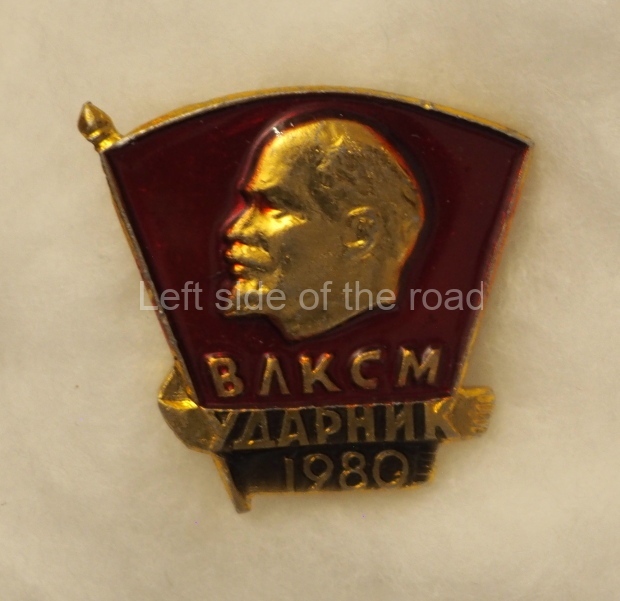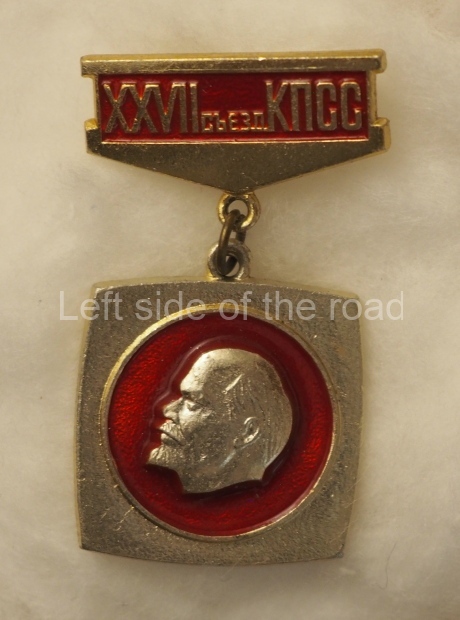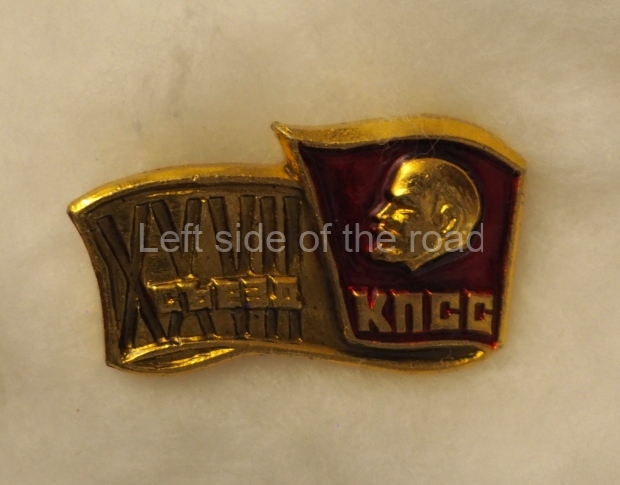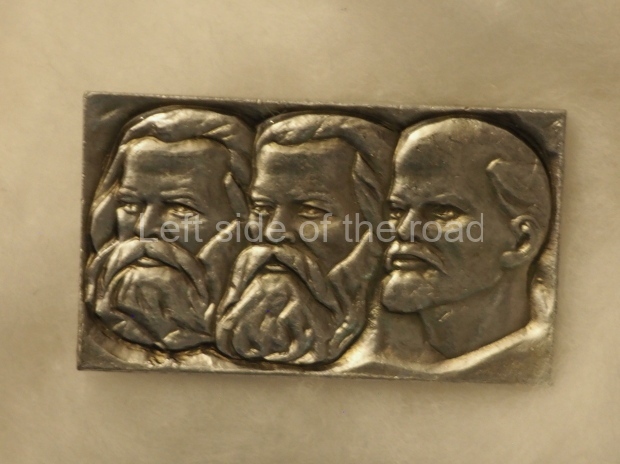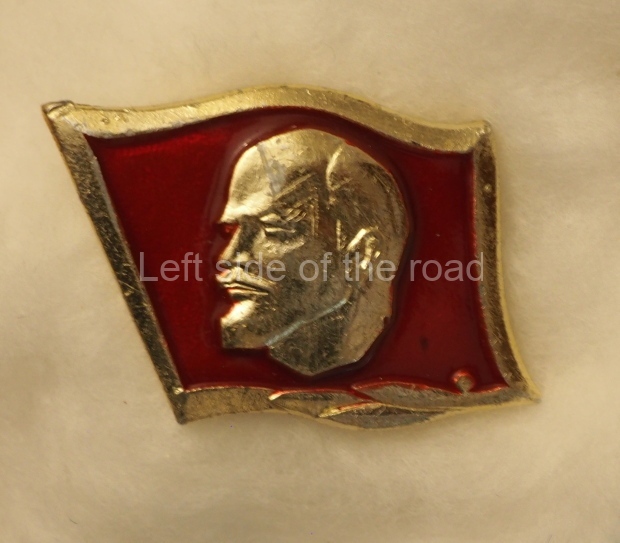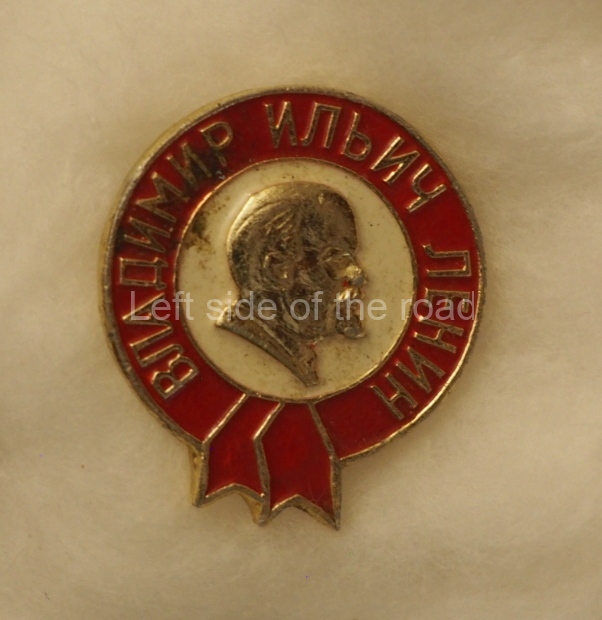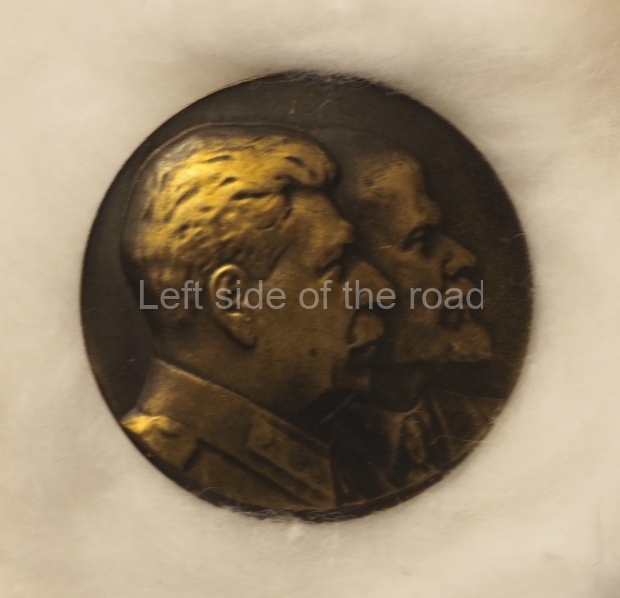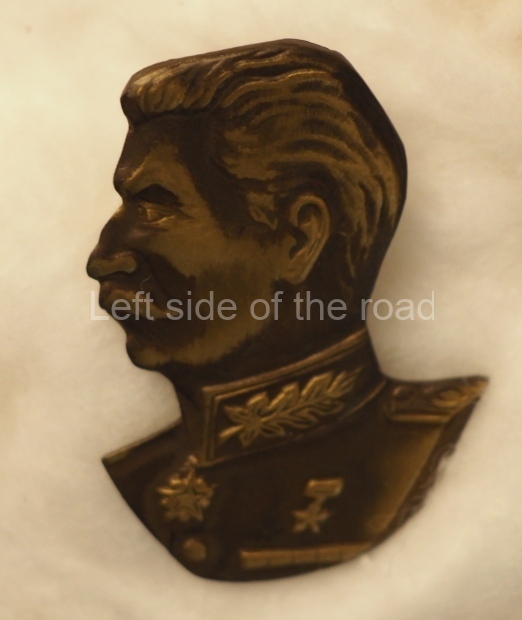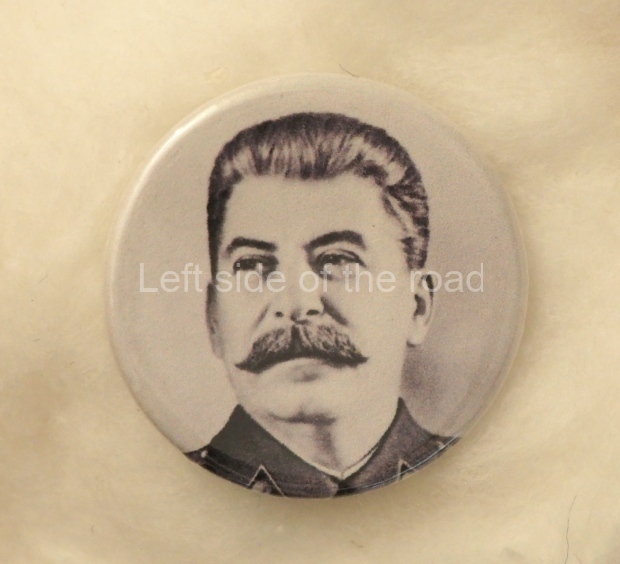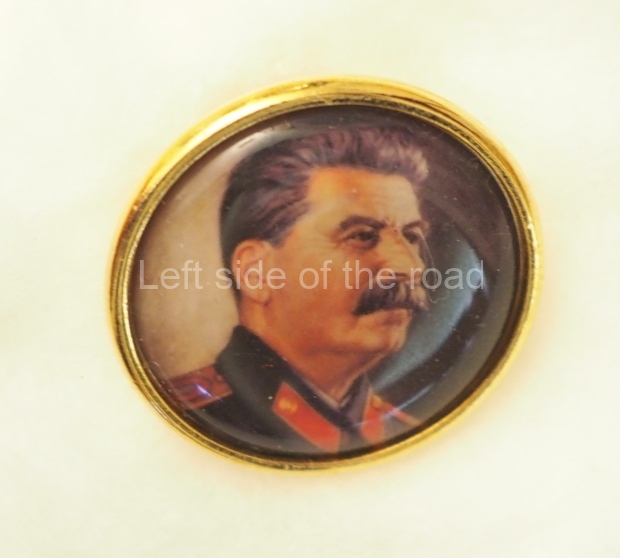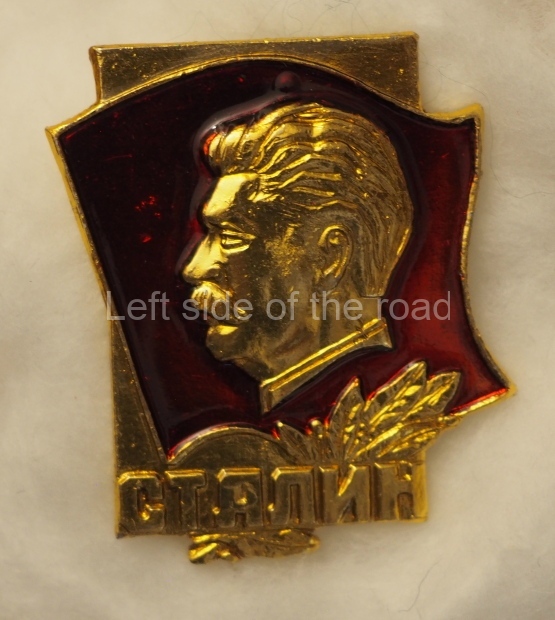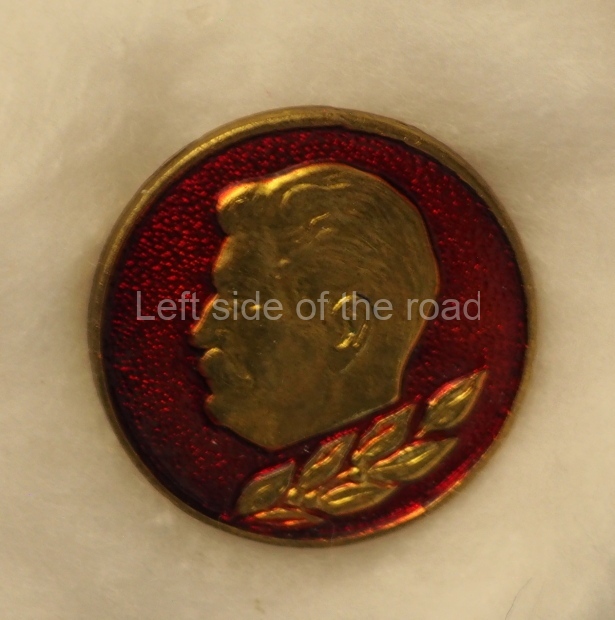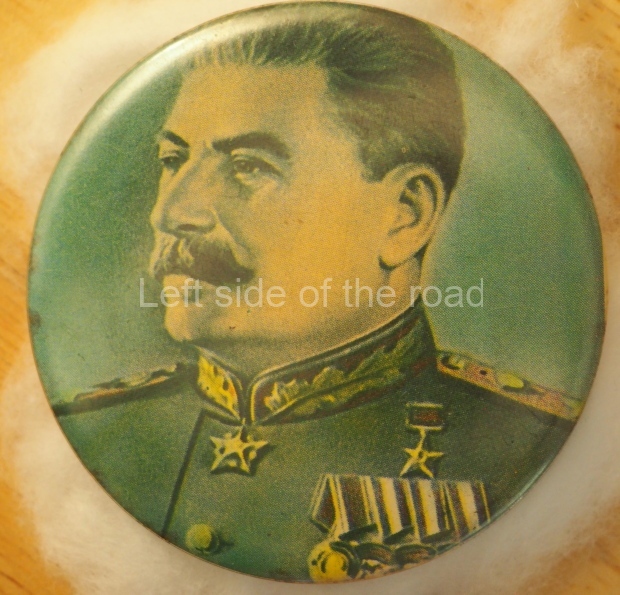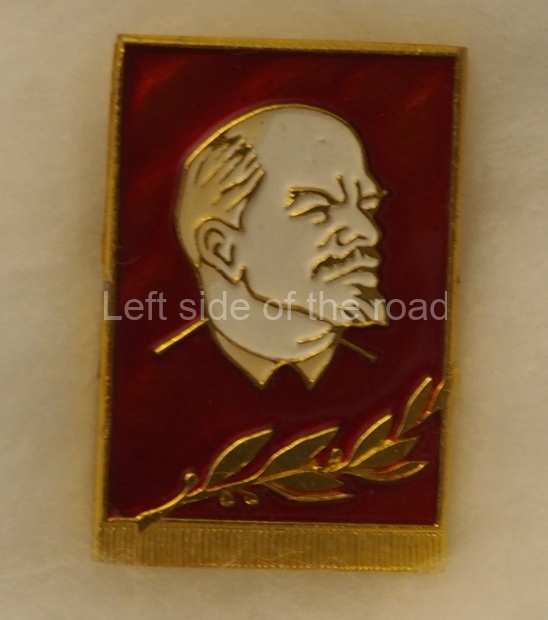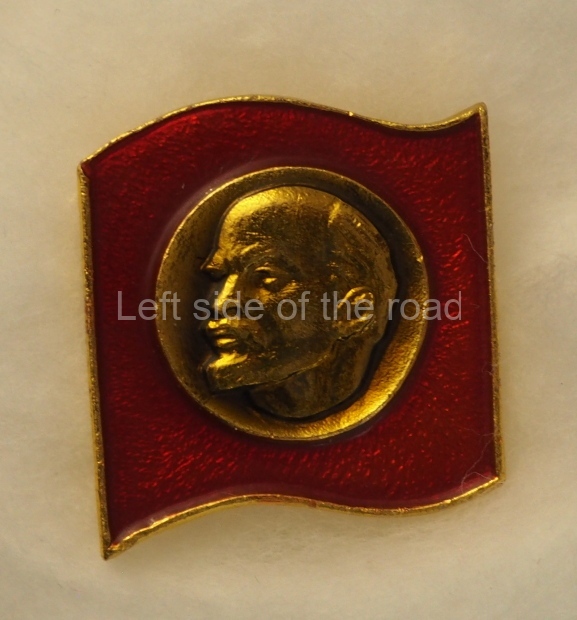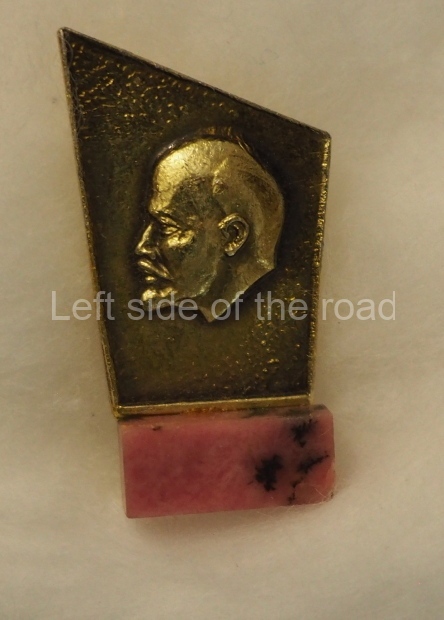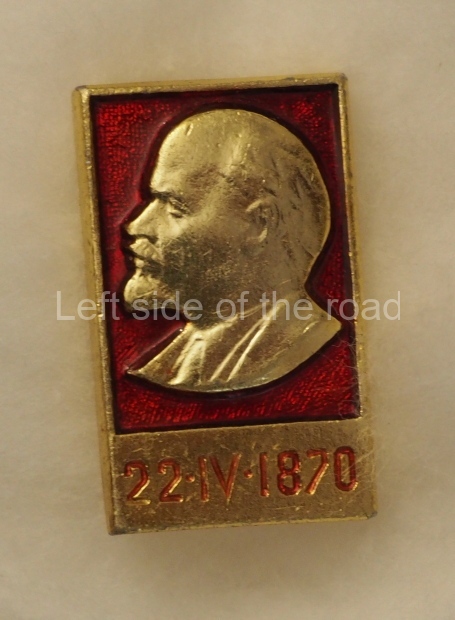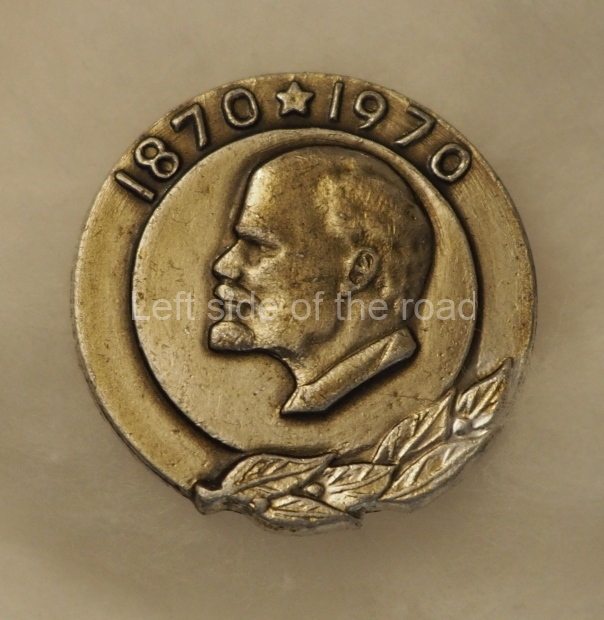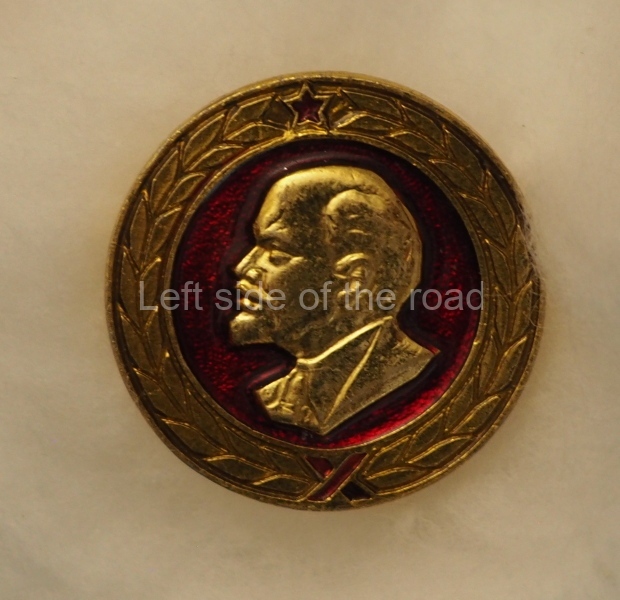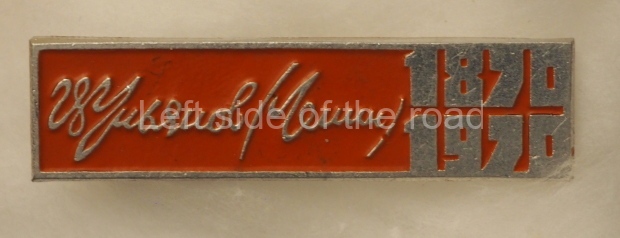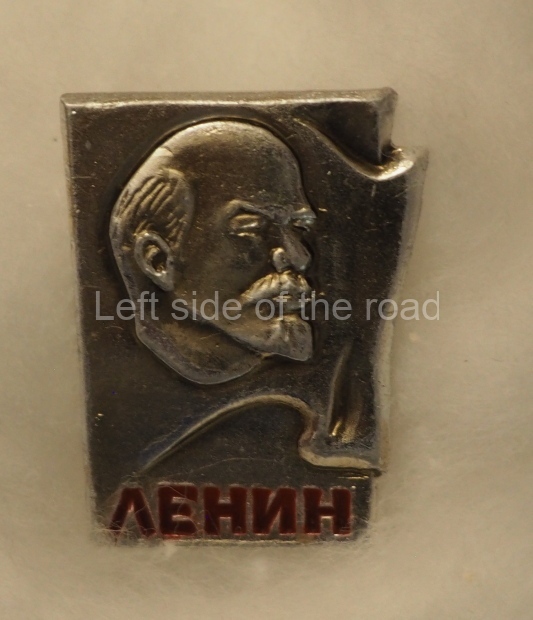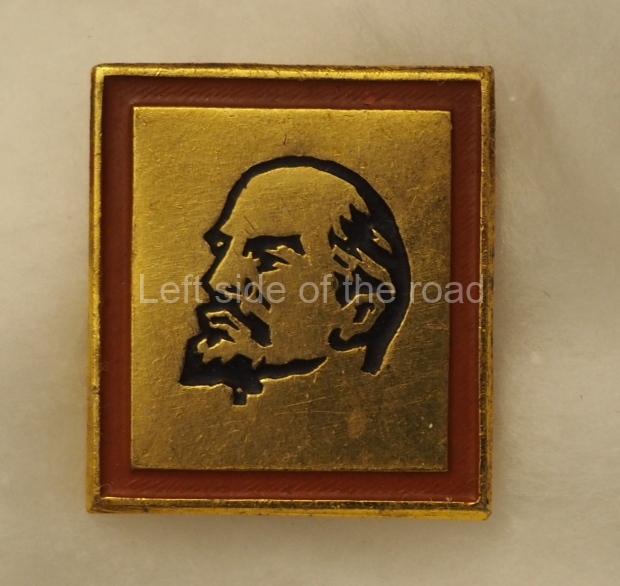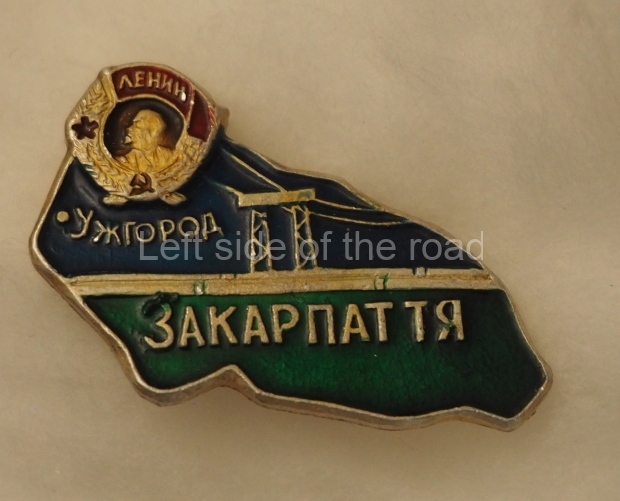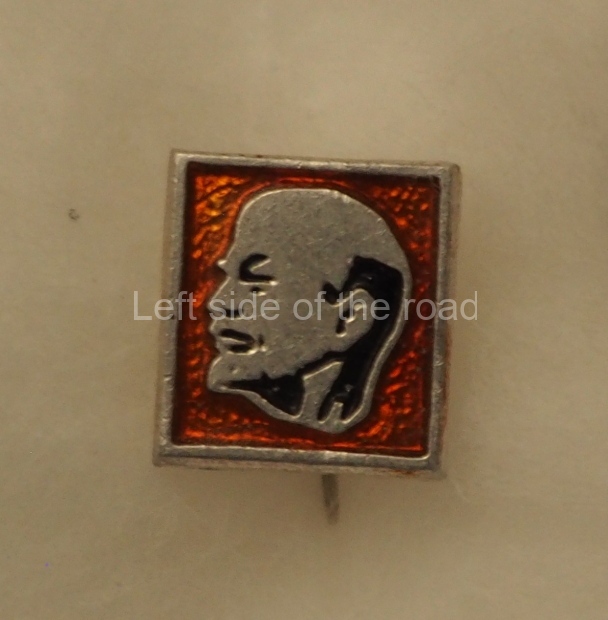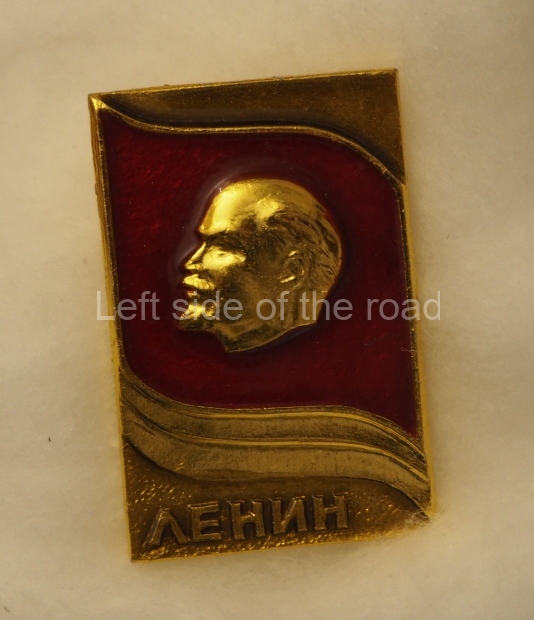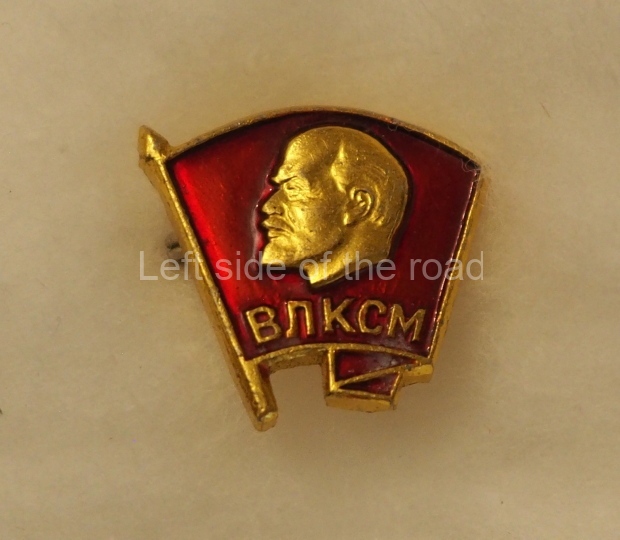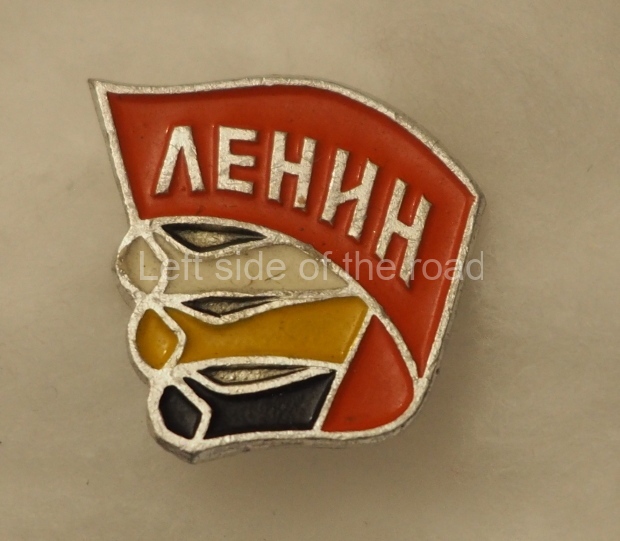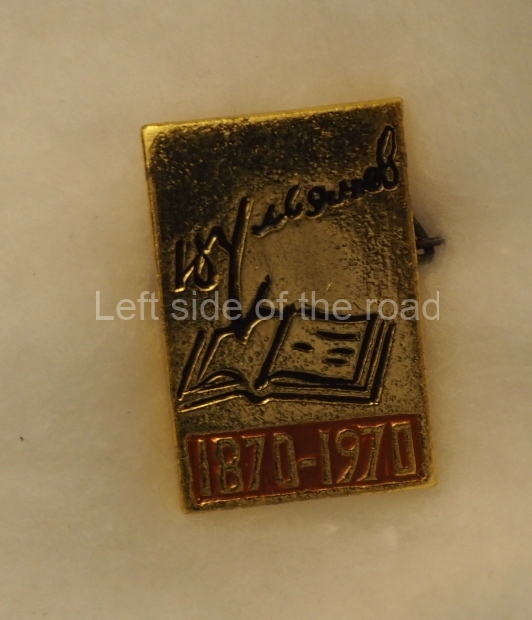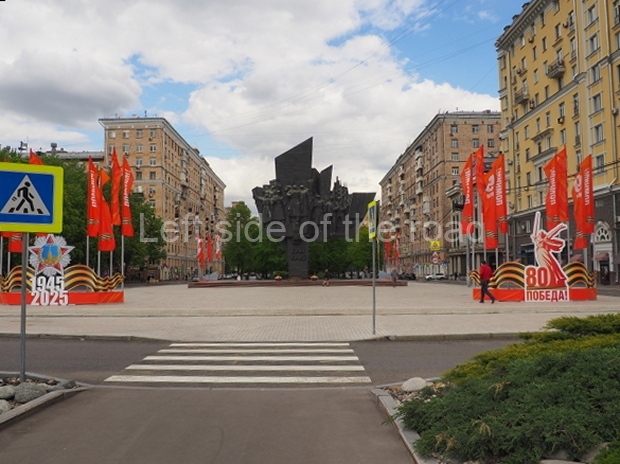Memorial of Glory – Panfilov Park – Almaty – Kazakhstan
The Memorial of Glory, the monument to the fallen of the Great Patriotic War in Almaty, is one of the largest I’ve had the opportunity of visiting. The complex consists of;
The high relief ‘Oath’ is an image of a young Red Army man leading the horses of his fallen comrades. It is located on the left side of the main axis of the memorial complex. The dates 1917-1920 are the period of the War of Intervention (Russian Civil War) when the Bolsheviks fought against, and defeated, local reactionary ‘White’ forces – who had the support of international capitalism – following the October Revolution.
The high relief ‘The Feat’ depicts images of the Panfilov Heroes. These are the 28 soldiers who fought (and most of whom died) fighting the Nazi invaders at Dubosekovo Station near Volokolamsk (Moscow) in November 1941. The bas-relief on the podium is made by the copper embossing technique and recreates a representation of the 15 Soviet Republics in the outline of the map of the Soviet Union. The words of the Panfilov Heroes’ political commander, Vasily Klochkov, are spelt out in copper relief letters on the podium; ‘Russia is great and there is no retreat. Moscow is behind us!’.
The high relief ‘Trumpeting Glory’ represents images that reference the victory of the Soviet Union over German Nazism. It is located on the right side of the main axis of Memorial walk. In front of this high relief are further cubes of labradorite under which are capsules with the earth of the Hero Cities.
Architects;
T.K. Basenov, R.A. Seydalin, V.N. Kim
Sculptors;
V. V. Andryushchenko, A.E. Artimovich
The Memorial of Glory was inaugurated on 8th May 1975, on the occasion of the 30th Anniversary of the defeat of Nazi Germany (Victory Day). On the same day the Eternal Flame was ignited.
Separate memorials at the complex;
- to the 601,011 Kazakhs who died in the Great Patriotic War
- to first discoverers of air routes in Kazakhstan; pilots T Svonio and ND Zorin and OGPU officer D Litvin who died ‘in the line of duty’ on 10th October 1931
- the ‘sacred soil of the Hero Cities, stained with the blood of the fraternal peoples’ who died in the Great Patriotic War, is kept here’ – capsules of the soil being underneath the large cubes of labradorite bearing the names of the cities where some of the most important battles of the Great Patriotic War were fought. These are located in front of the two alto-reliefs ‘Oath’ and ‘Trumpeting Glory’.
- to Kazyl Karibzhanov (1912-1960) – renowned for his work in the collectivisation of agriculture in Kazakhstan;
- to Tashem Utelov, Beisenbai Umbetbayev (1885-1925) and Zhubanyshi Baribayev
all Communist Party members who worked for the Revolution in Semirech’ye, the region in which Almaty is located
- Monument to the Afghan Warriors, commemorating the Kazakh soldiers who died in the war in Afghanistan – sculptor Kazbek Satybaldin; architects Tokhtar Yeraliev and Vladimir Sidorov.
On any visit to the memorial in the daytime it would be surprising if you did not encounter groups of schoolchildren, especially of primary school age, not being introduced to their history. Also, it appears that there’s been a re-introduction of the ceremonies that were common during the Soviet period. Until 1990 children, mainly the Young Pioneers (the organisation of Communist Youth) would mount ‘guards of honour’ beside the Eternal Flame on important national occasions, especially May 8th – Victory Day. This ceremonial involvement of school children has now been taken on by the older children of a local grammar school that bears the name of Panfilov.
There’s a pedestrian avenue in the park where the names of the local Heroes of the Soviet Union are attached to marble plinths. This avenue runs from just behind the principal sculpture of ‘The Feat’ in the direction of Gogol Street.
At the far end of the memorial, up a flight of steps, is the Museum of Military History. At the top of the building is a fine high relief with images of Soviet symbols of the Star and Hammer and Sickle.
Location;
Panfilov Park
GPS;
43.25893 N
76.95506 E
How to get there;
The park is within a short walking distance from the main thoroughfares of Tole Bi Street and Furmanov Avenue. Many buses and trolley buses pass along these roads from all parts of the city.
